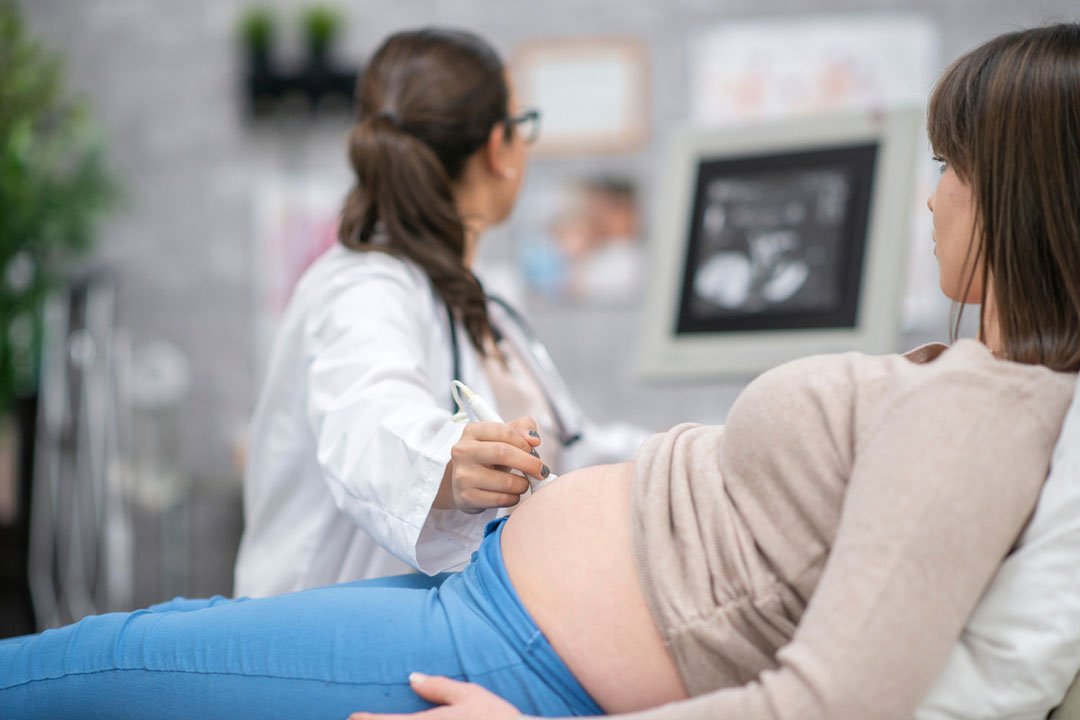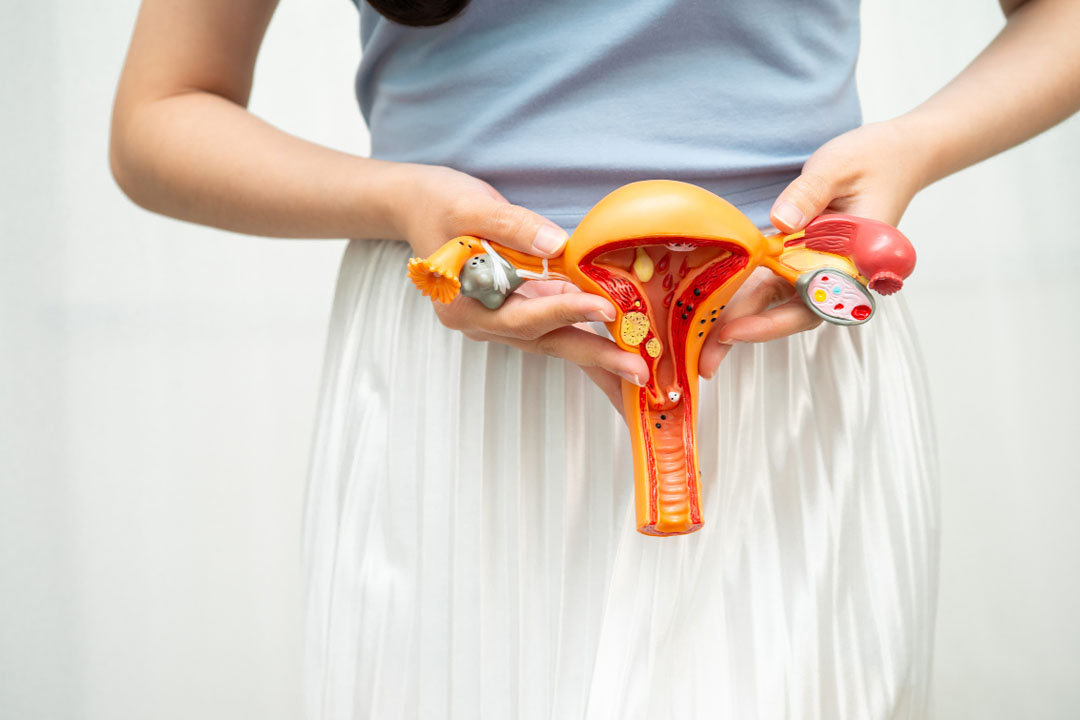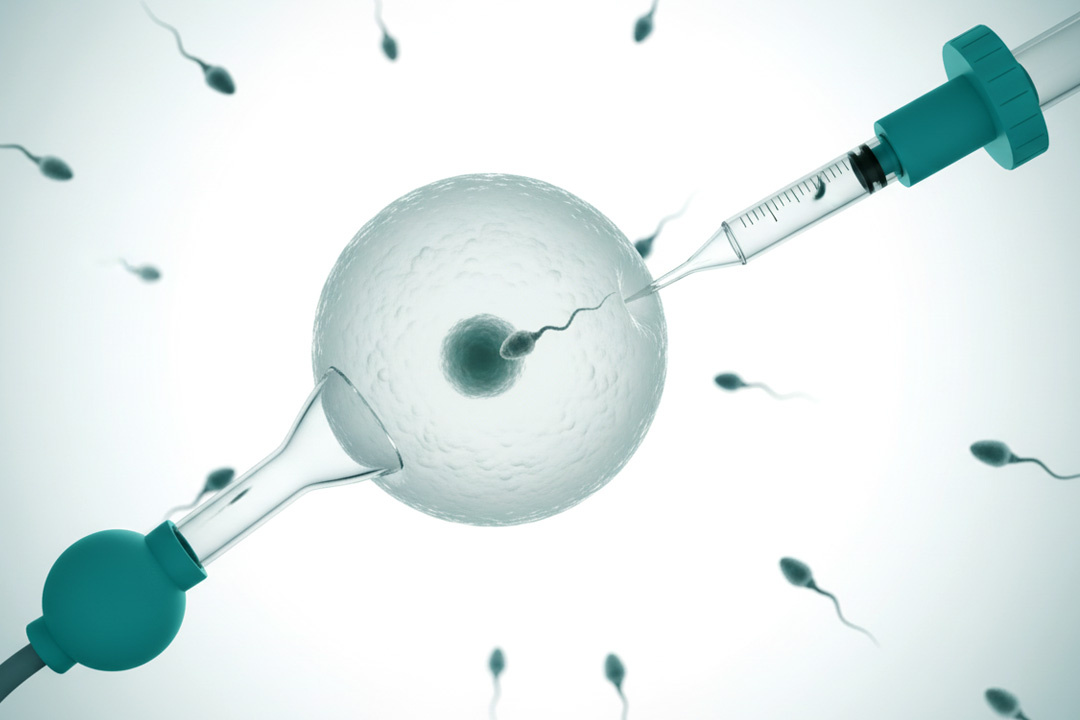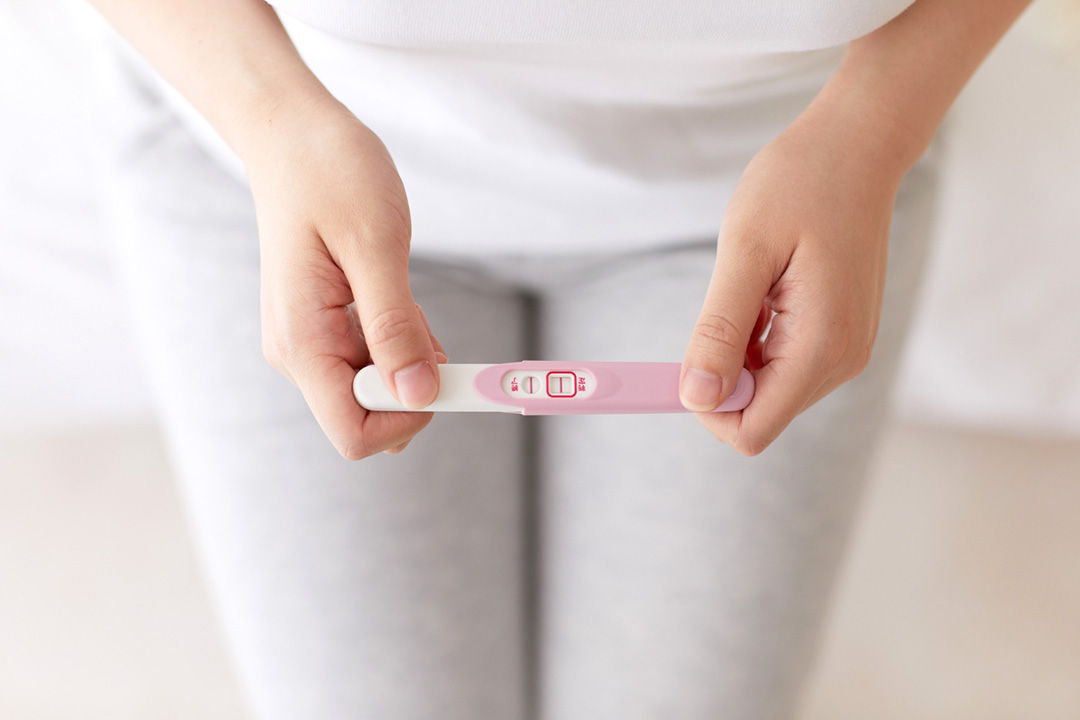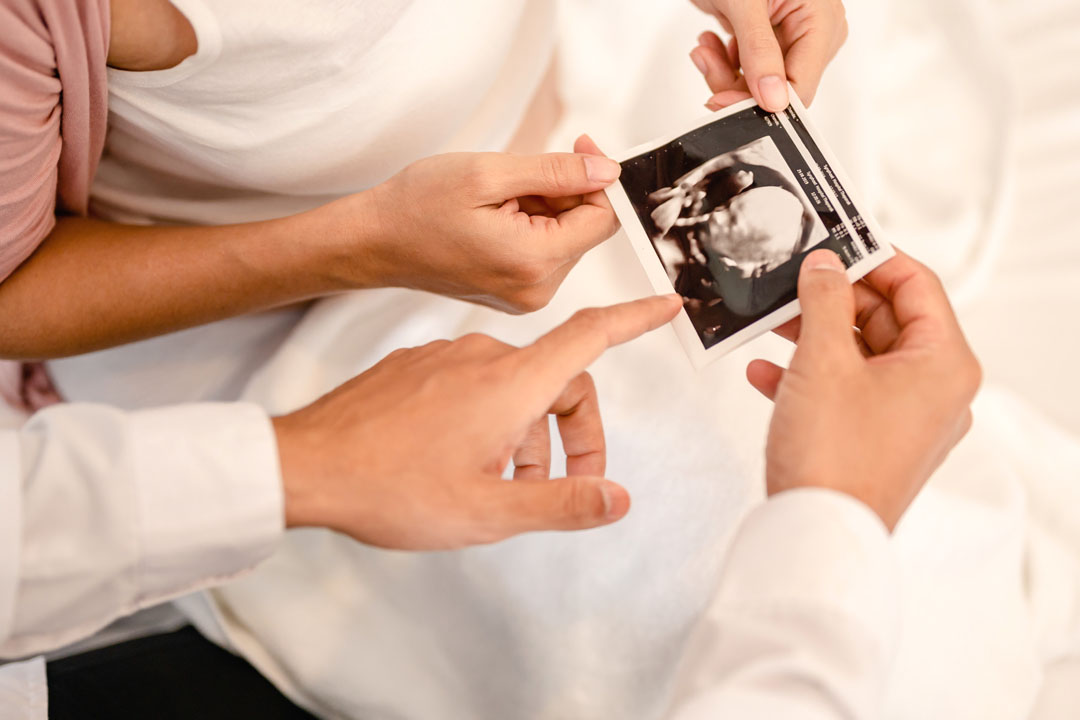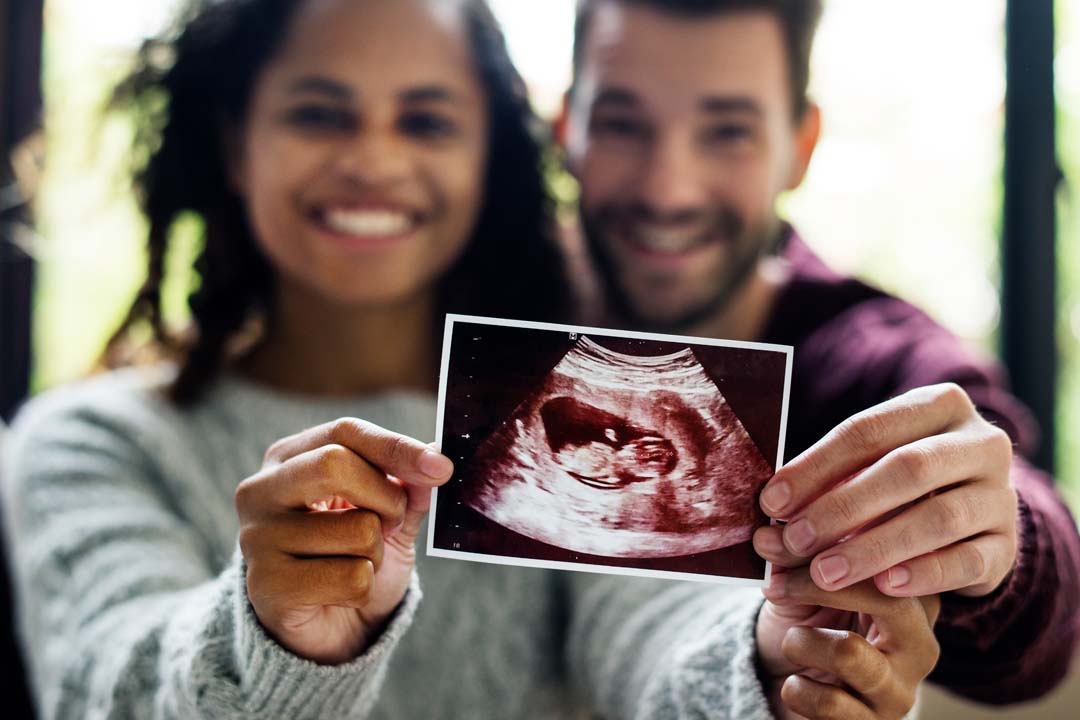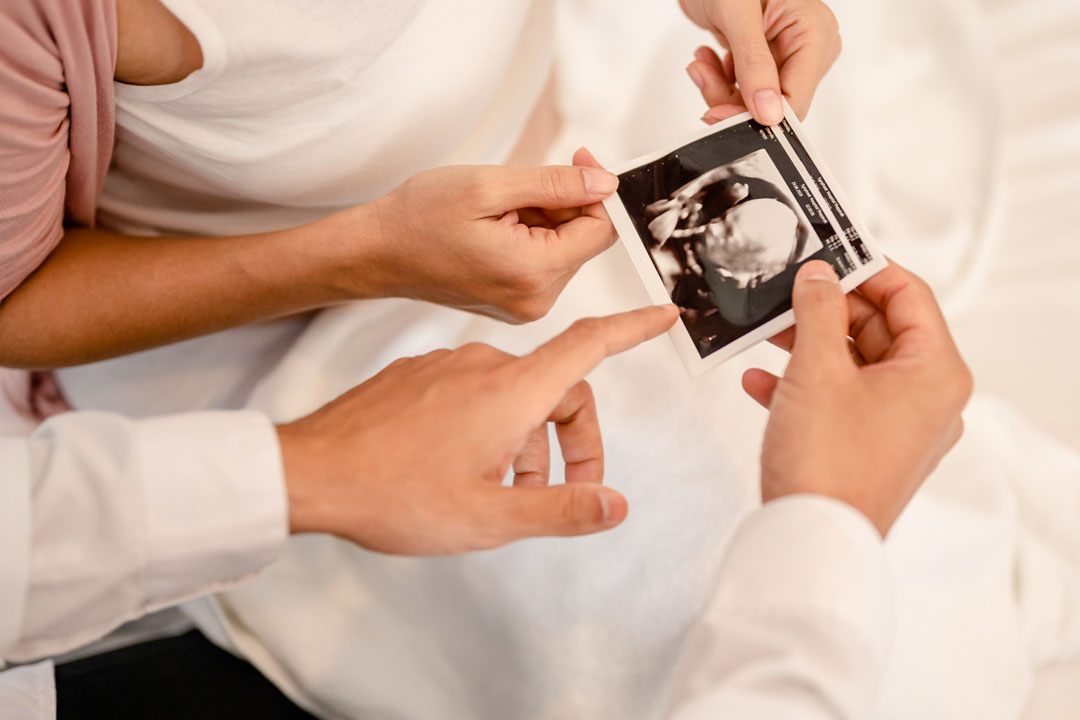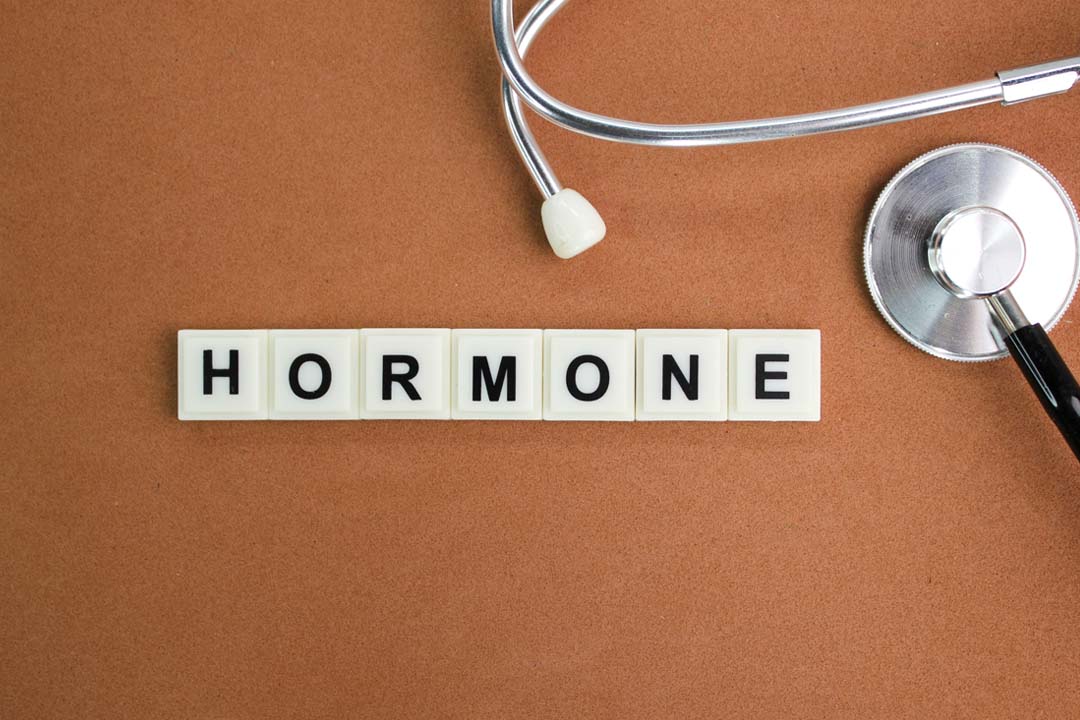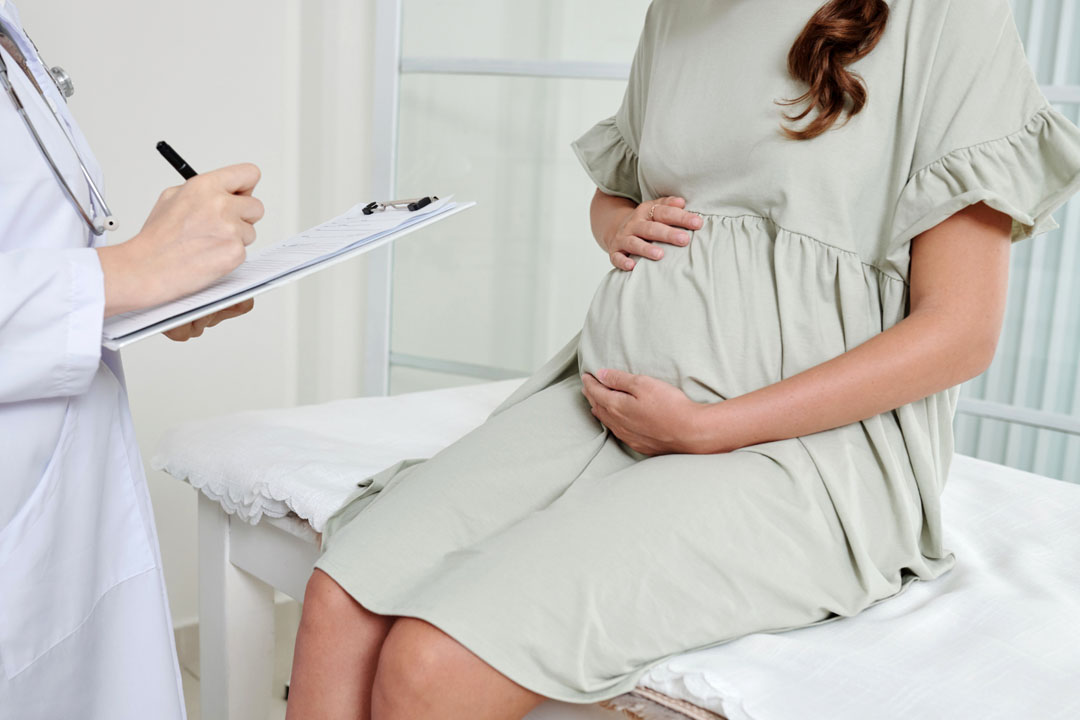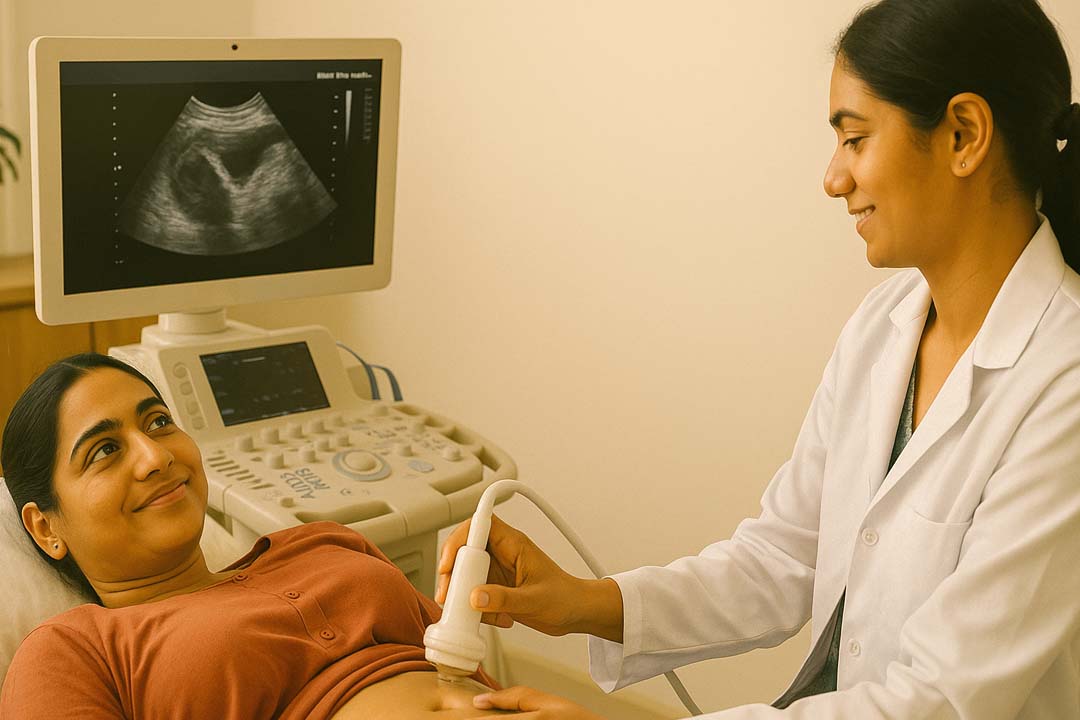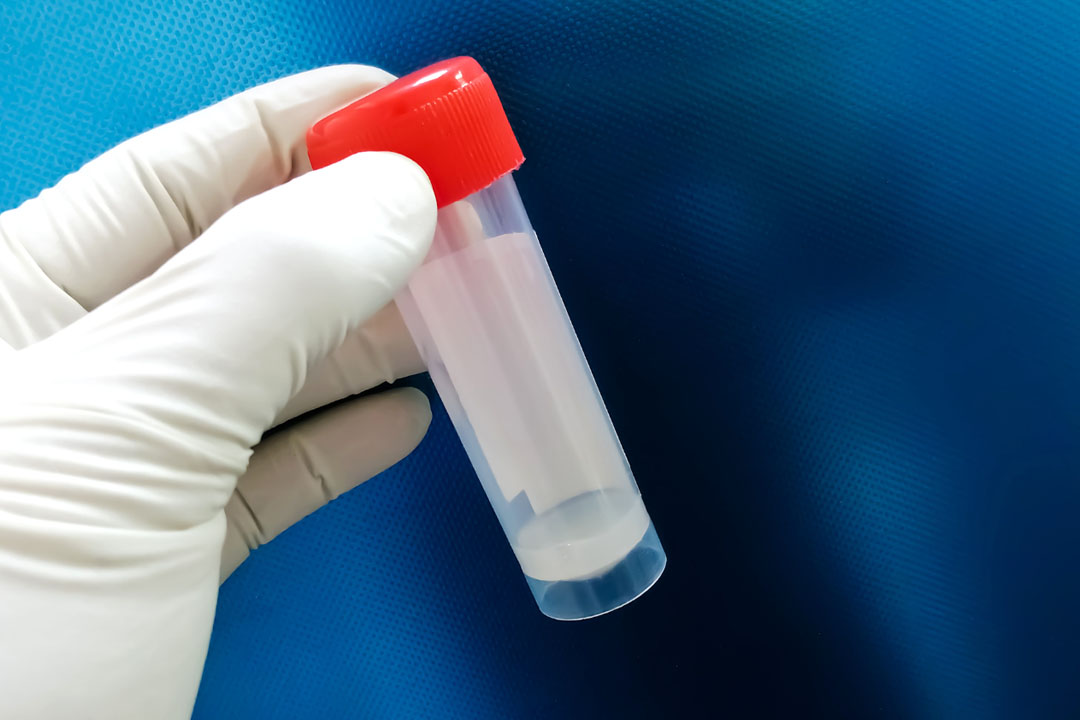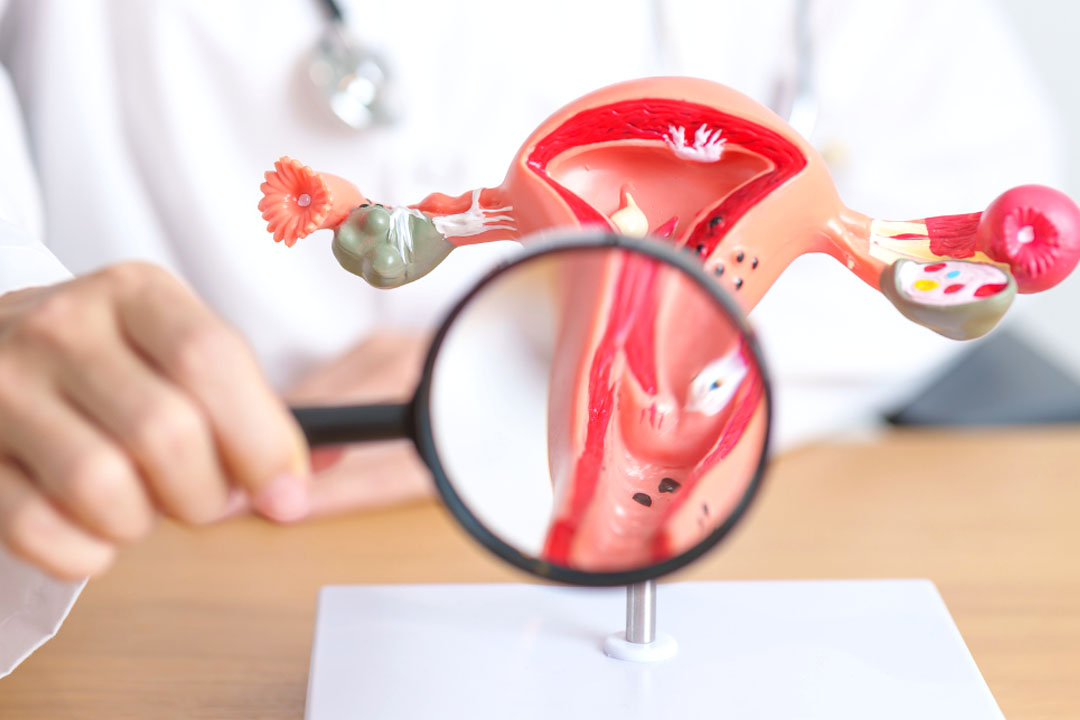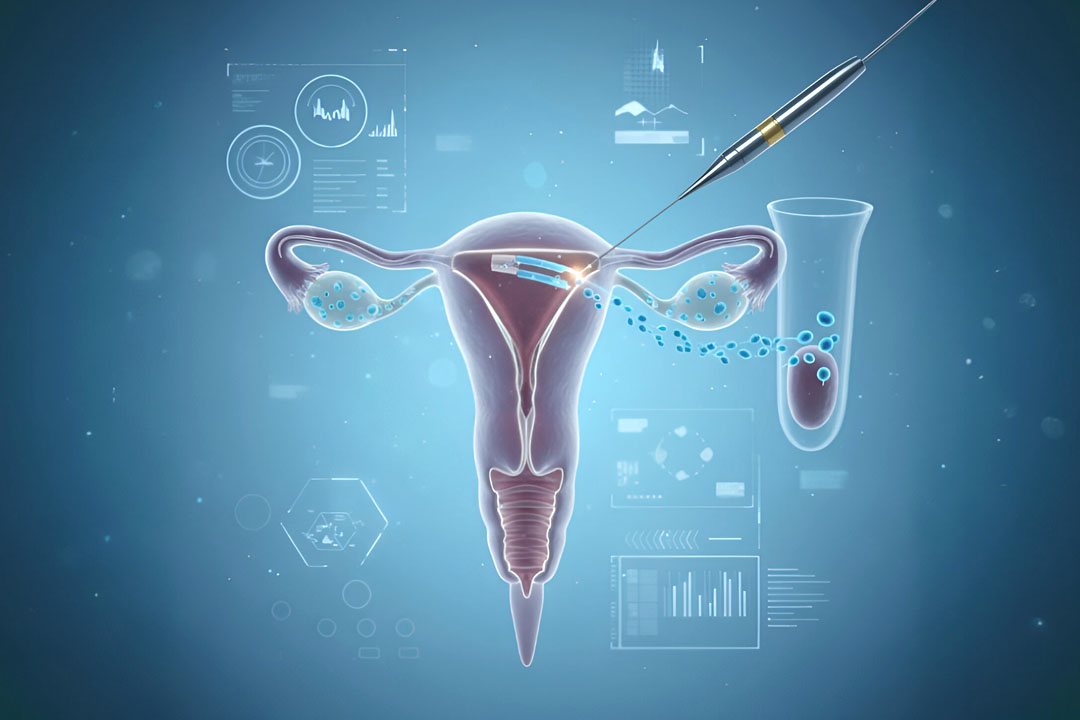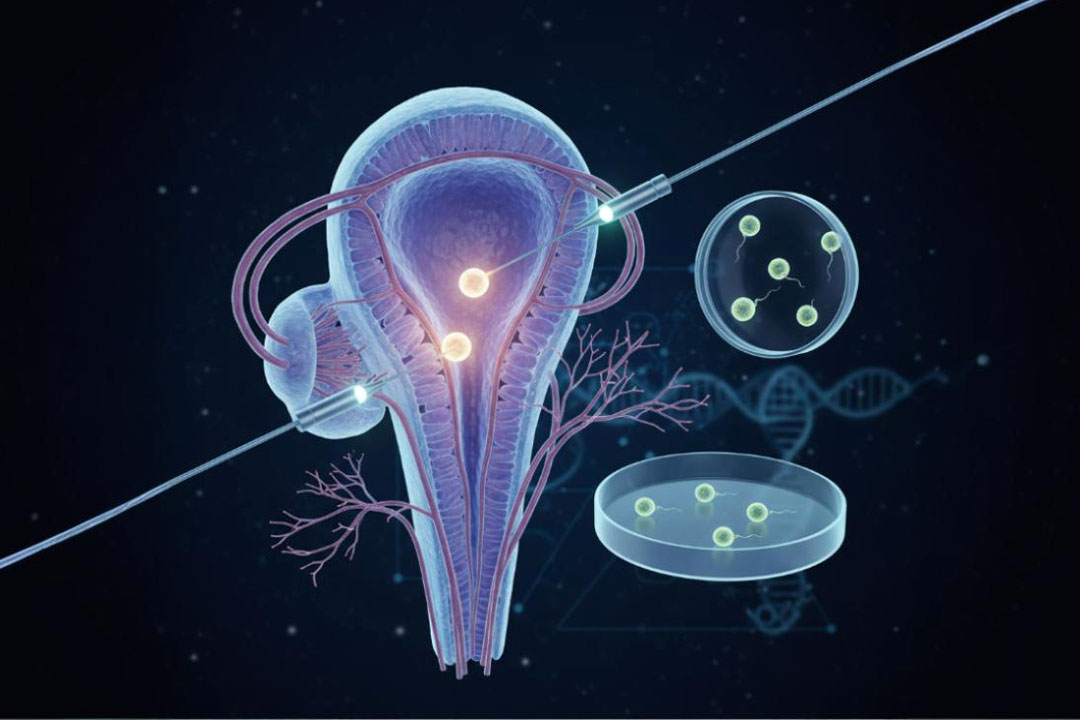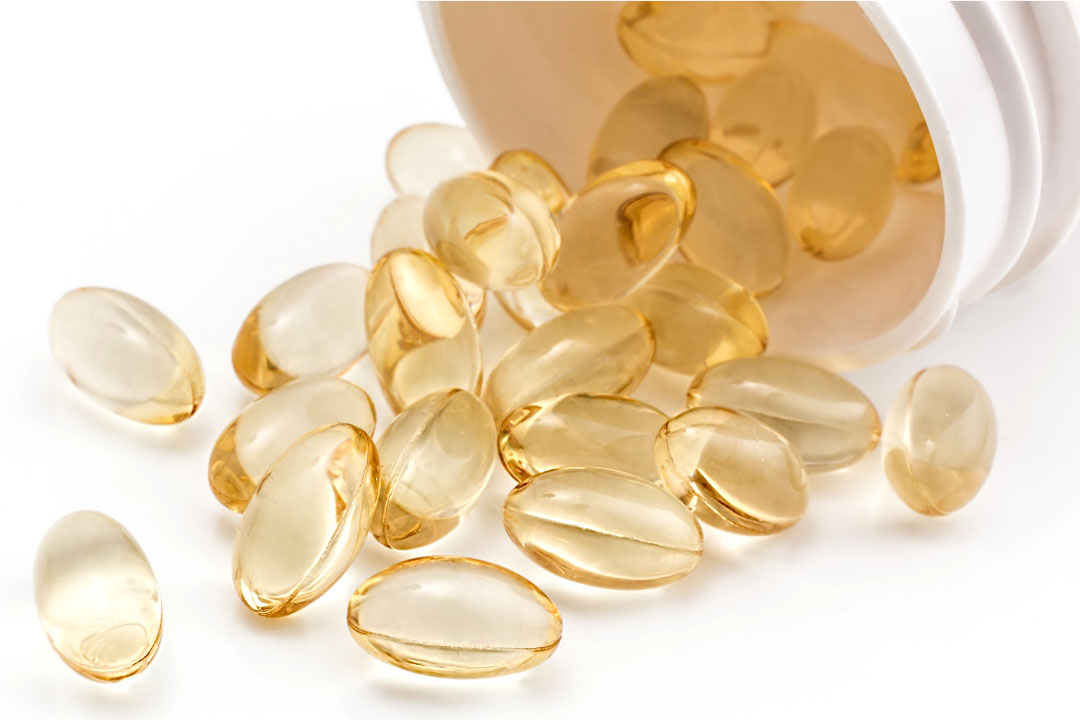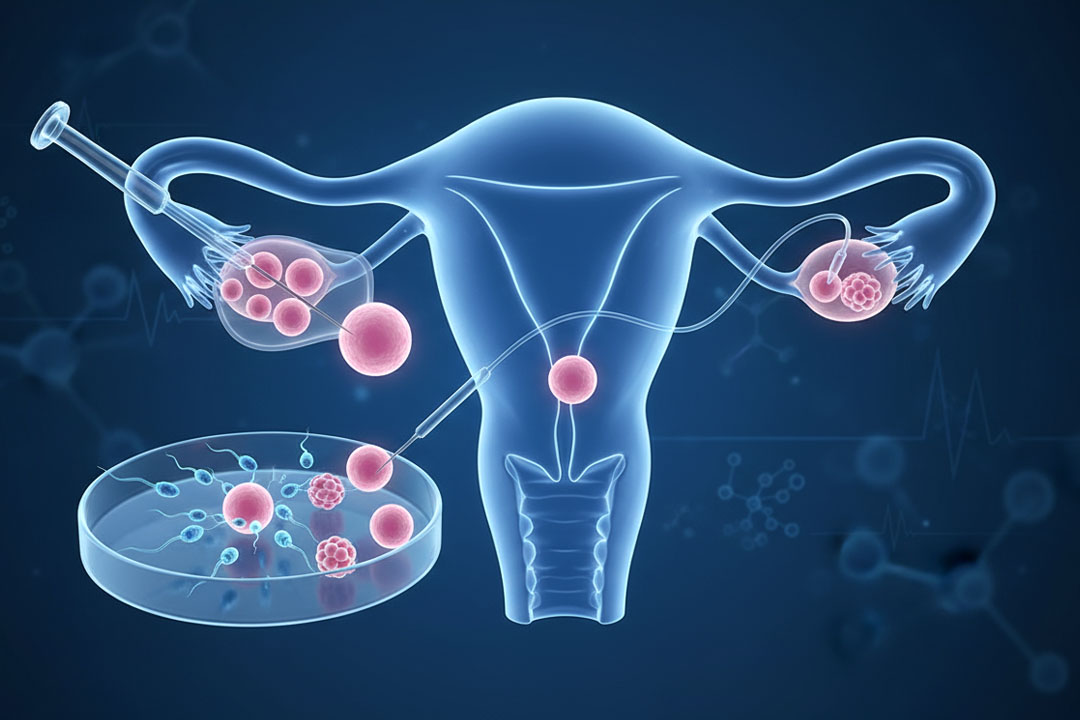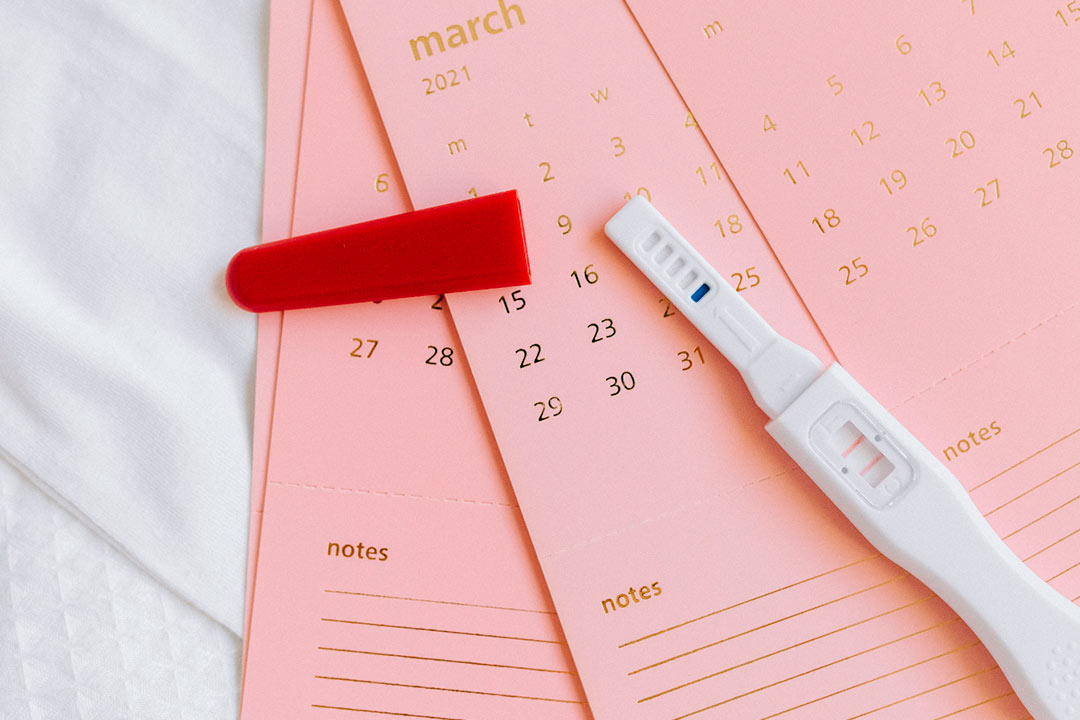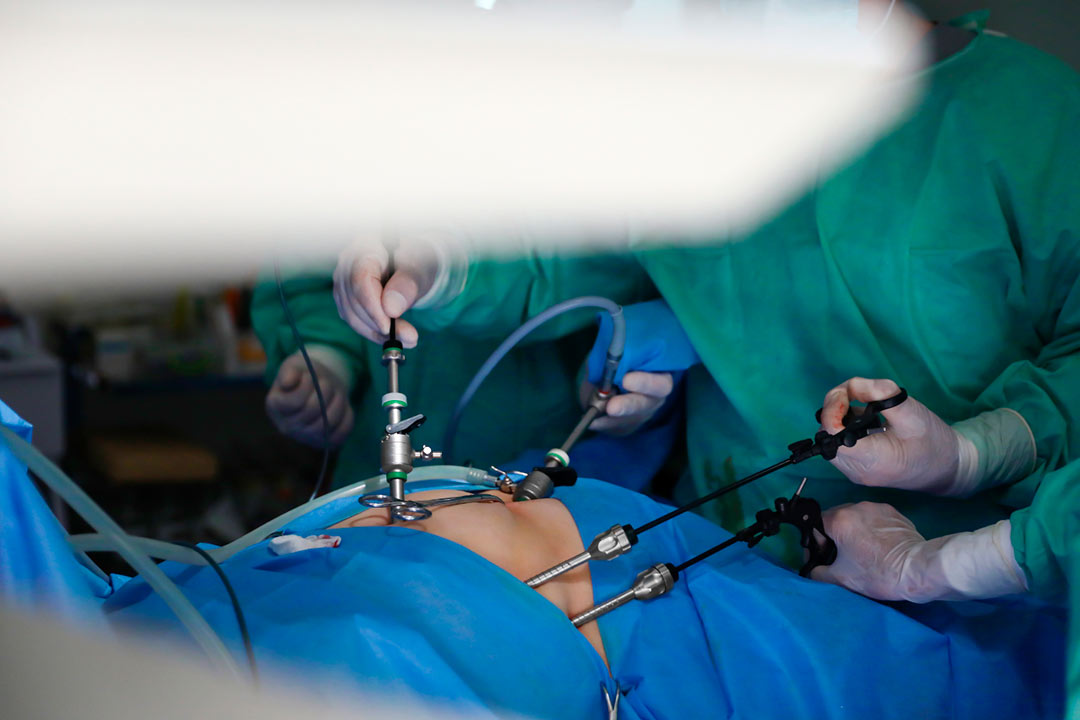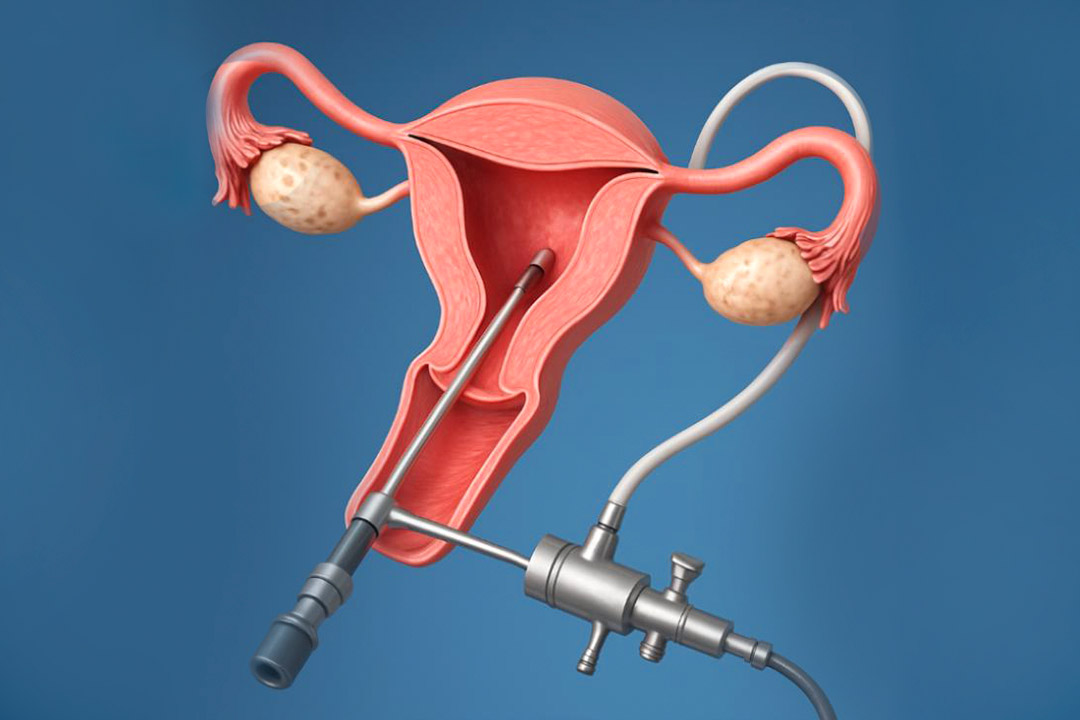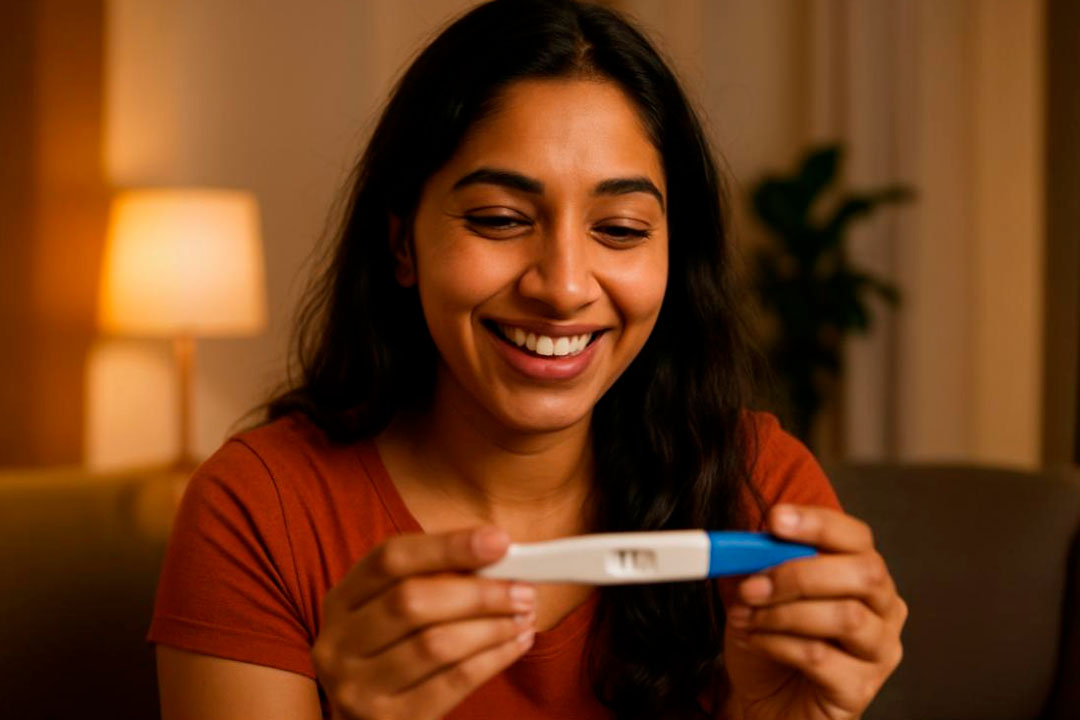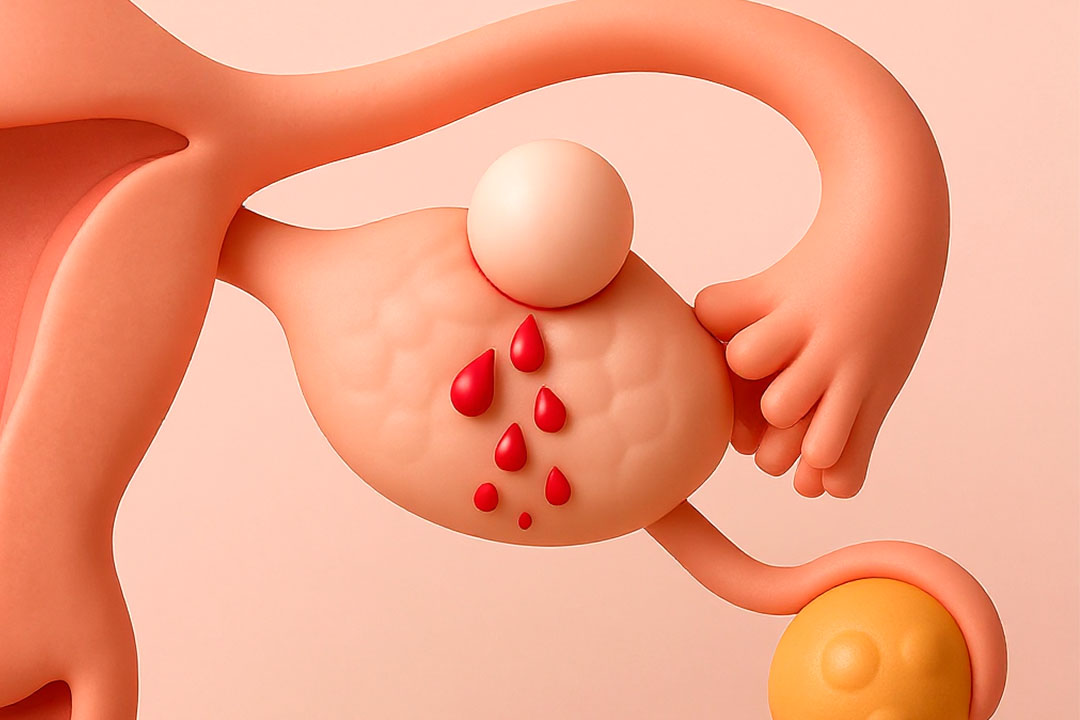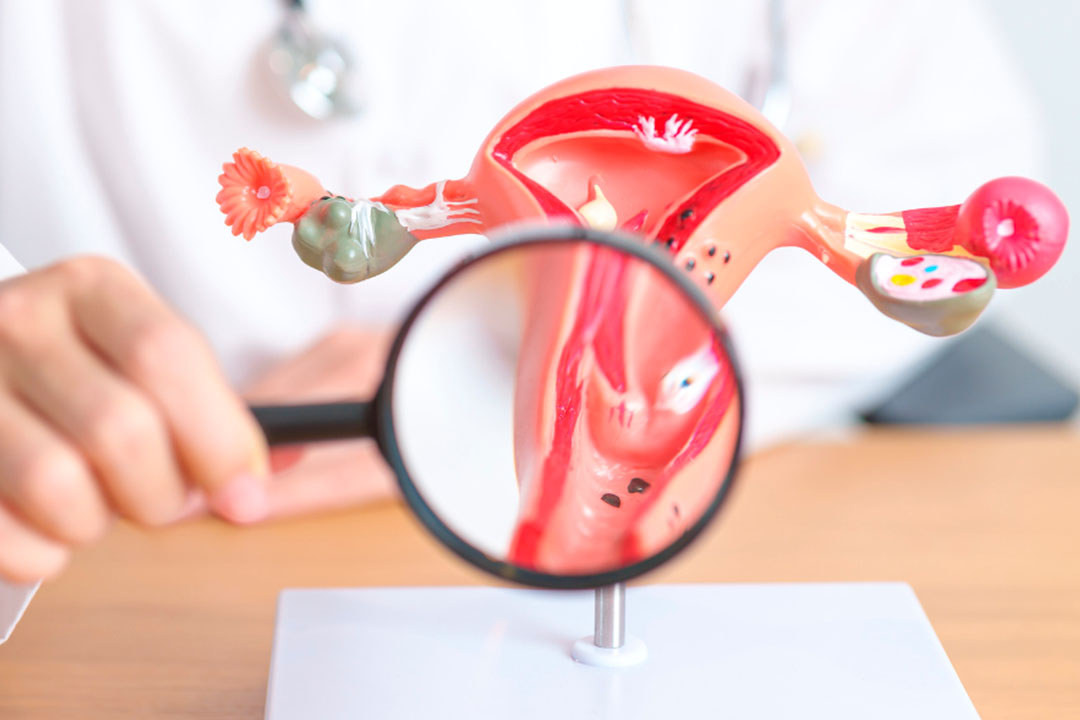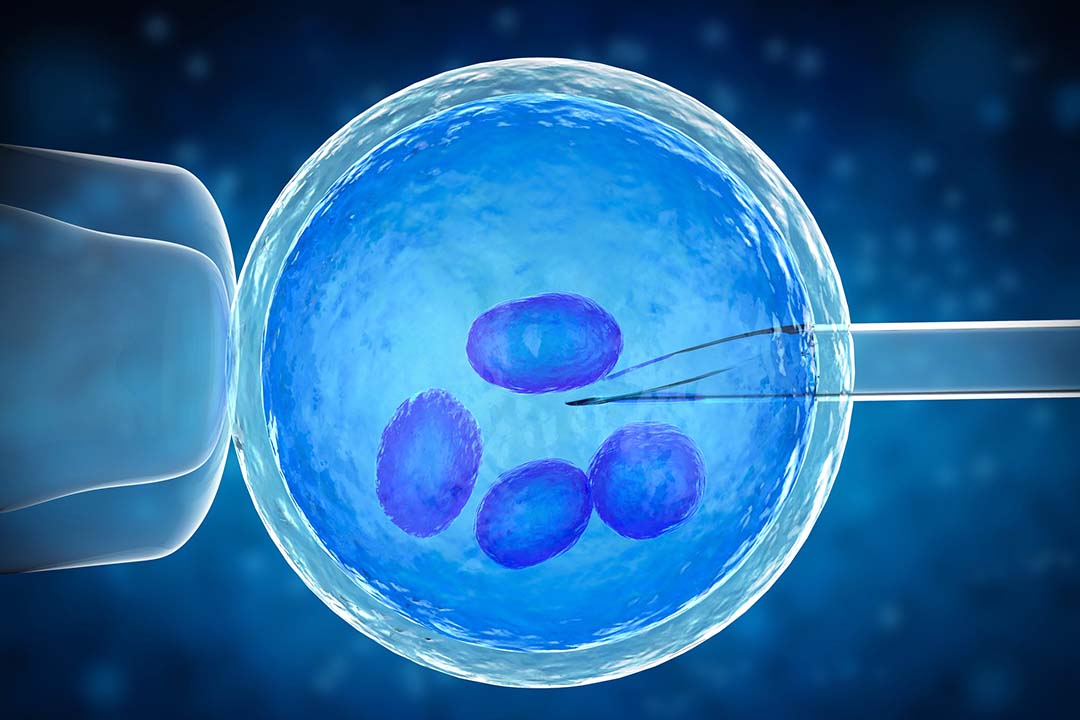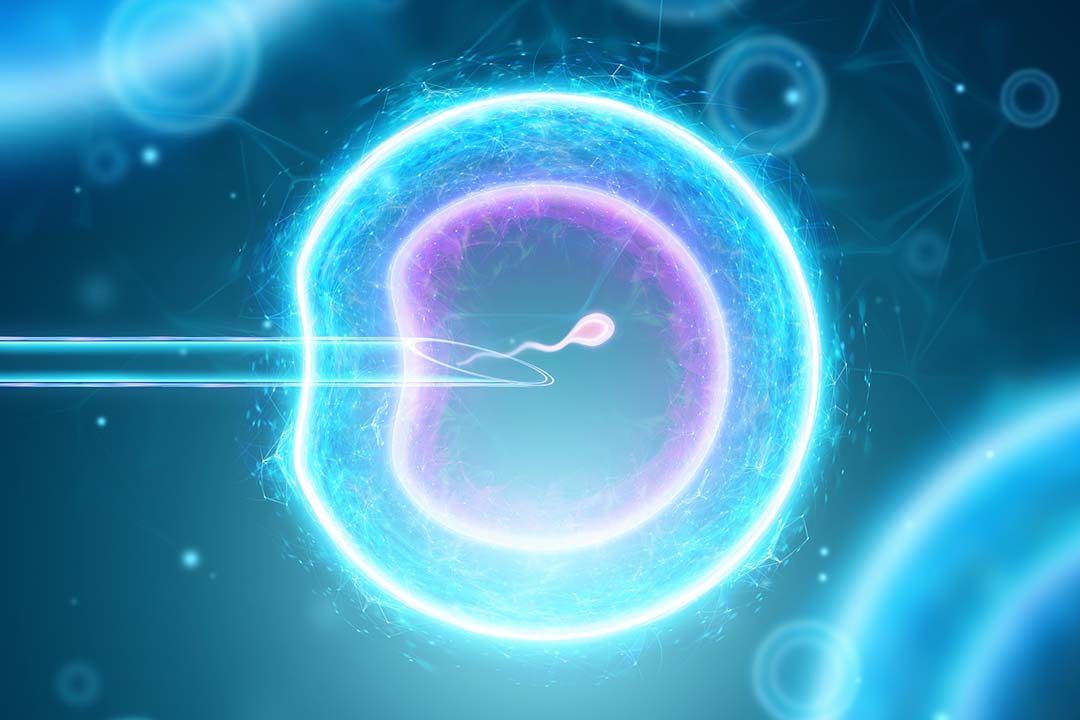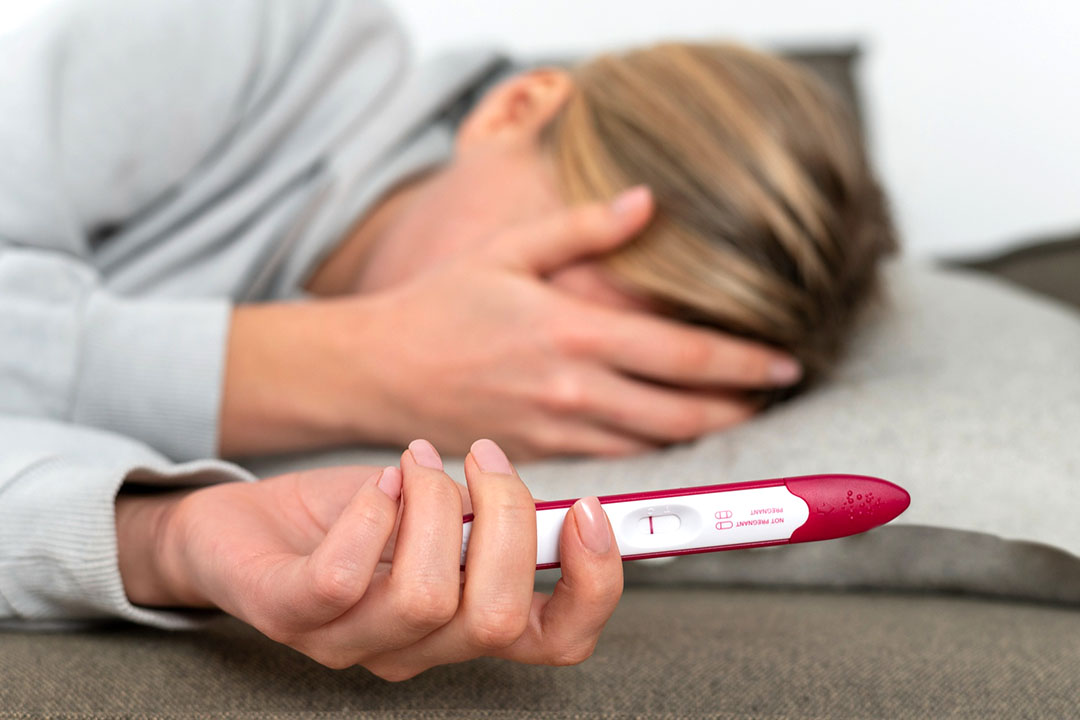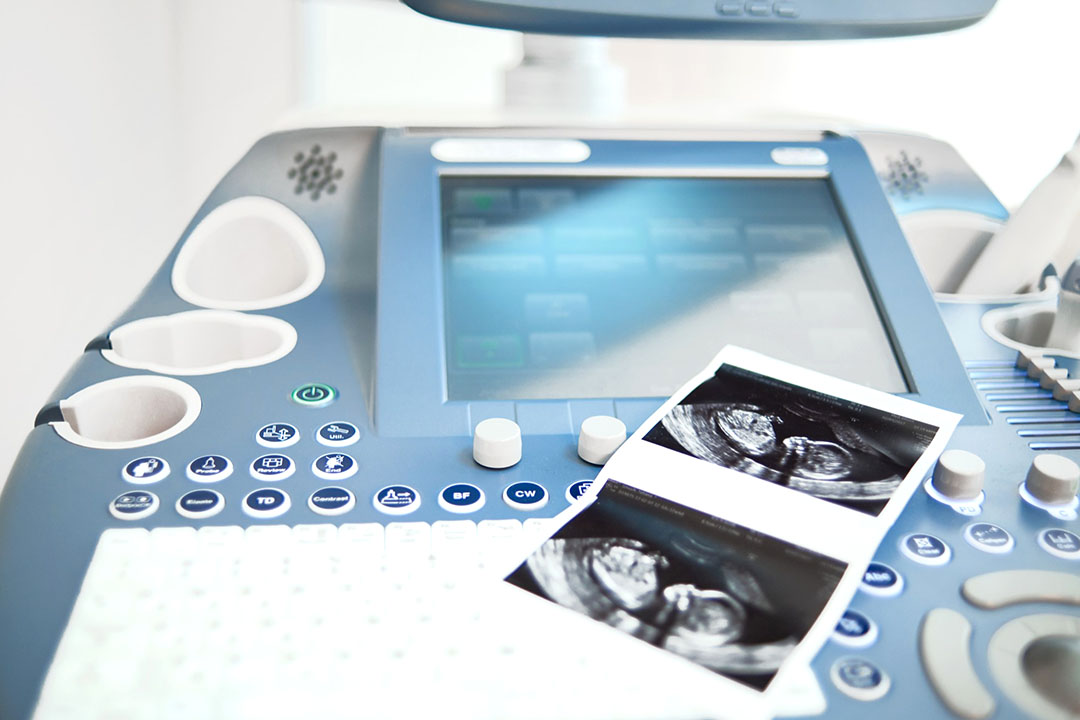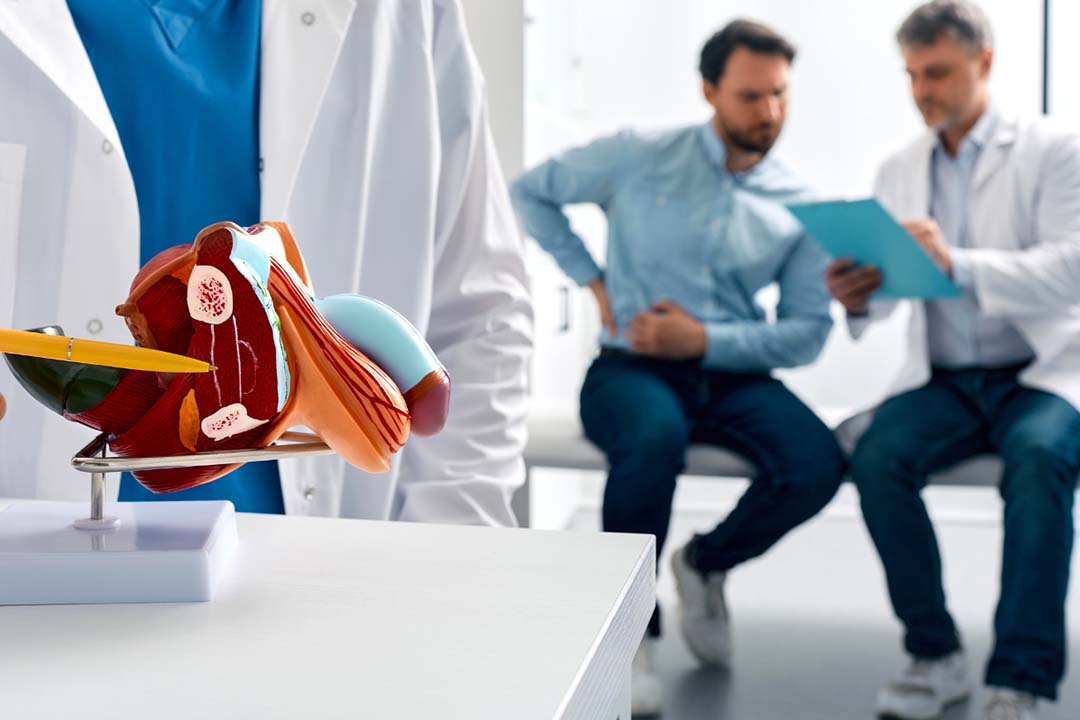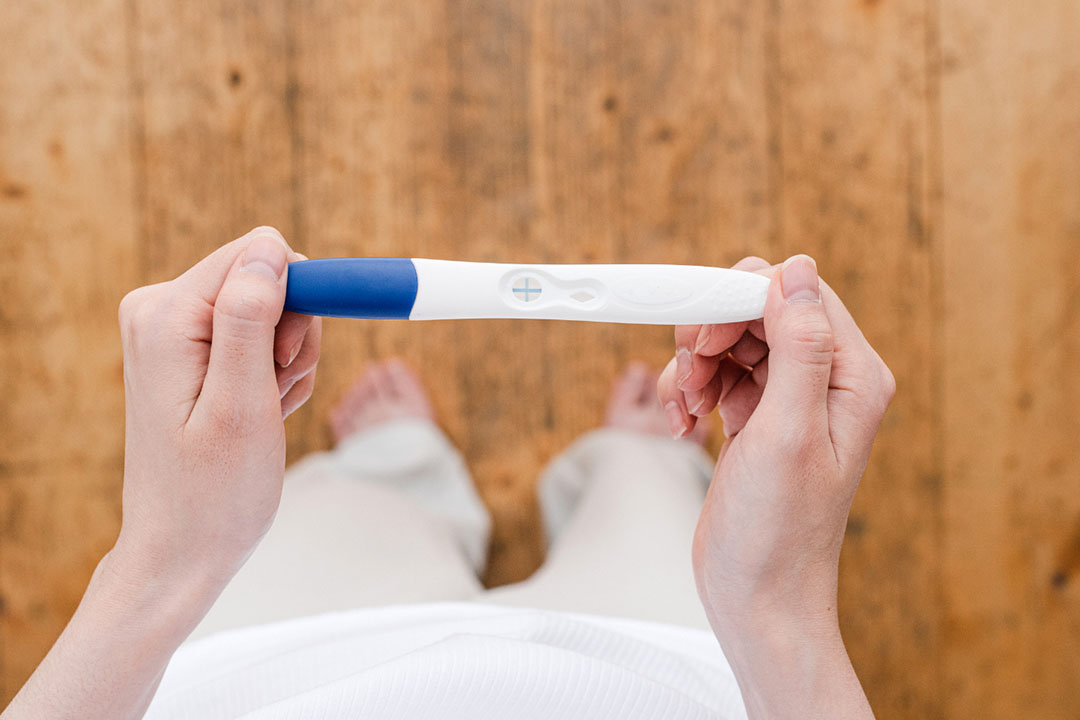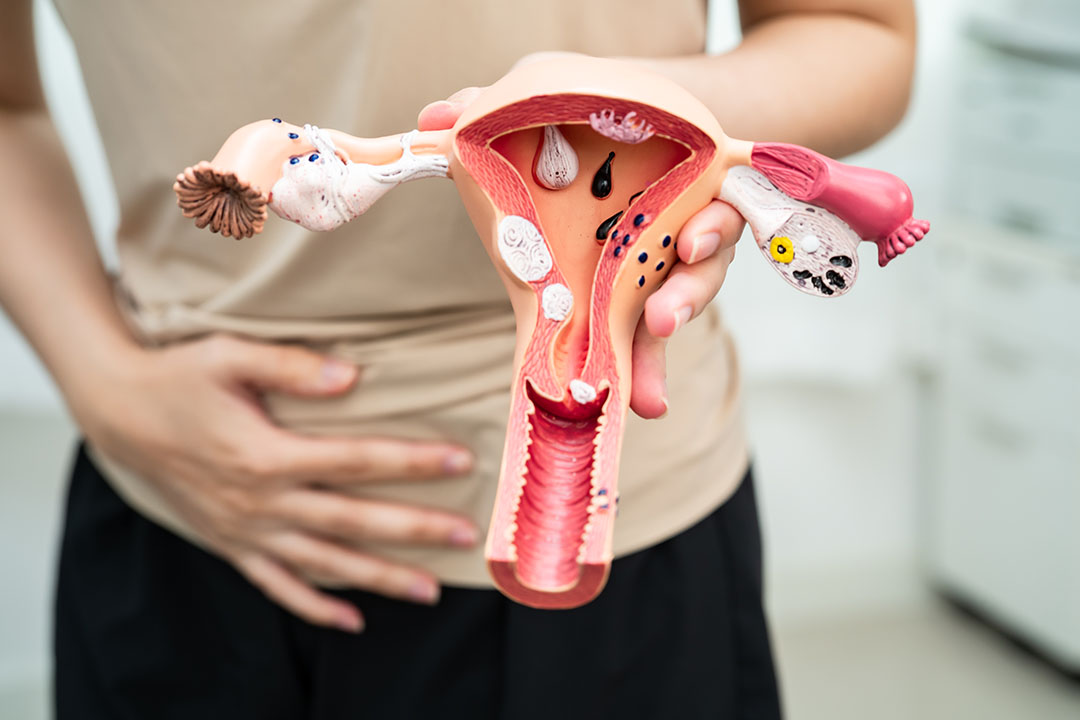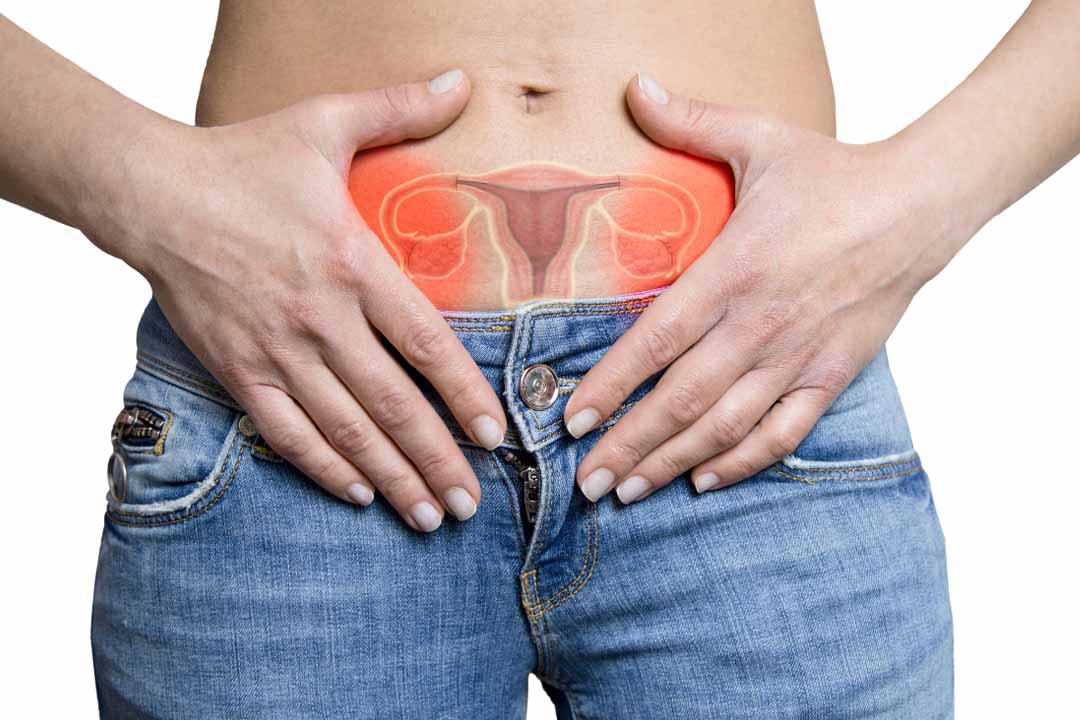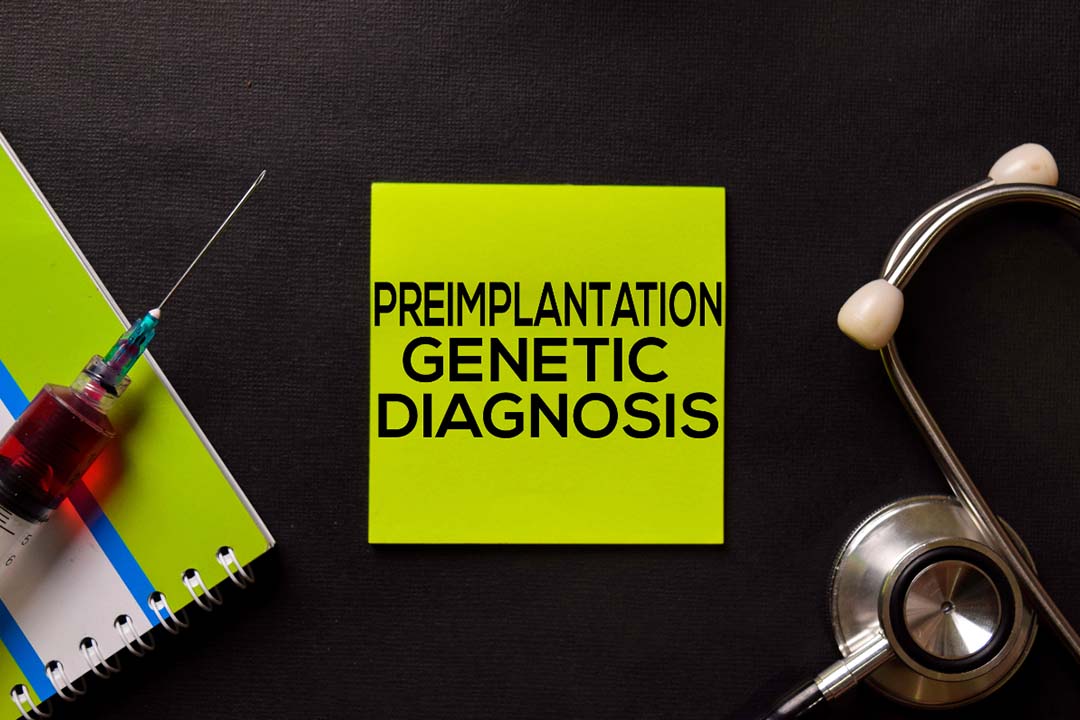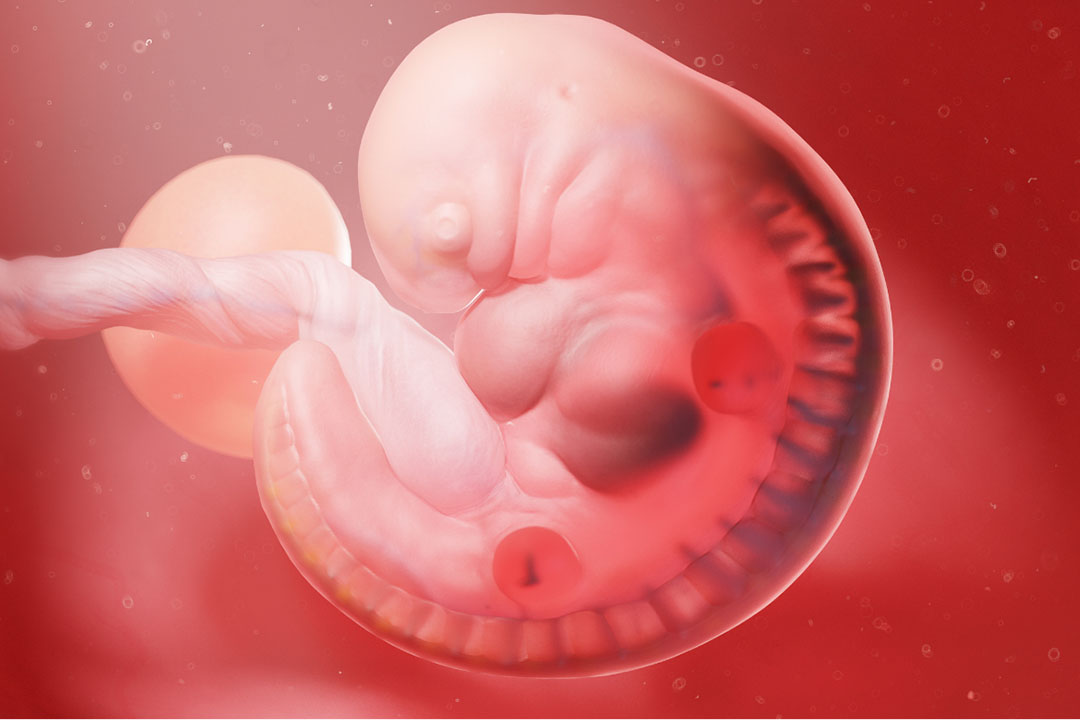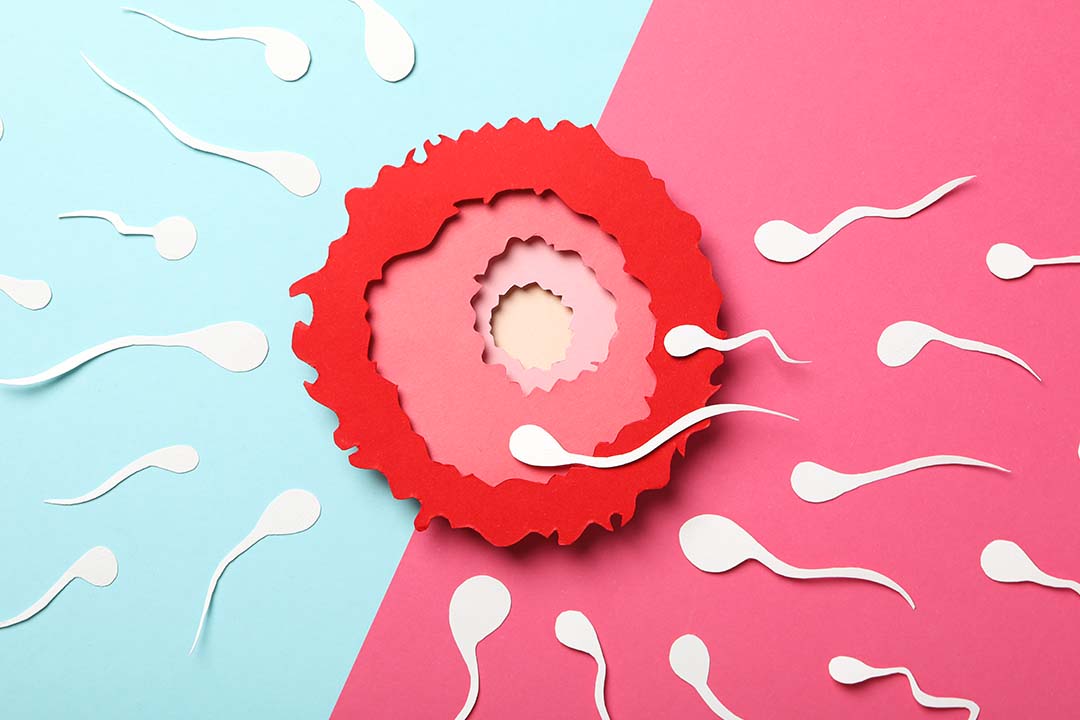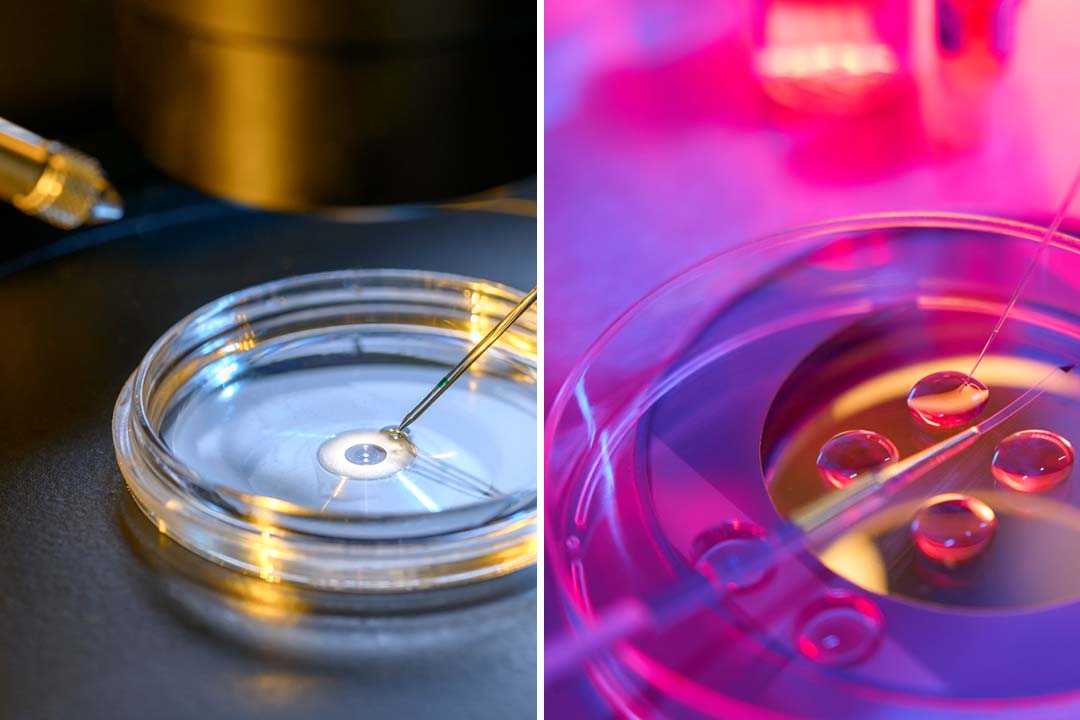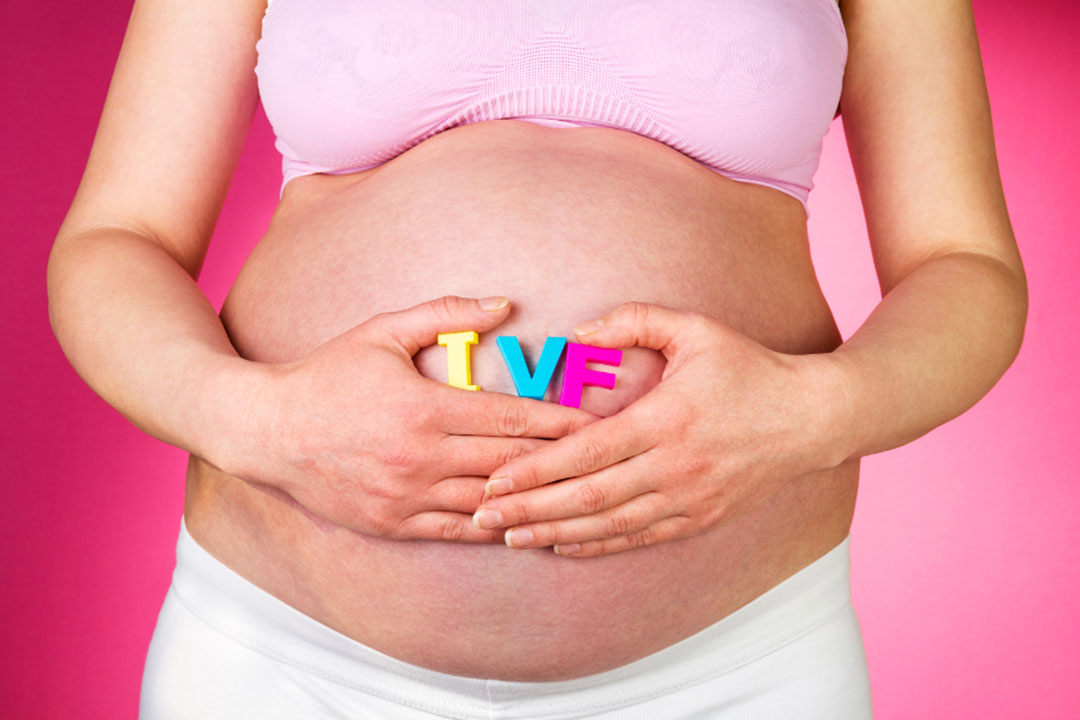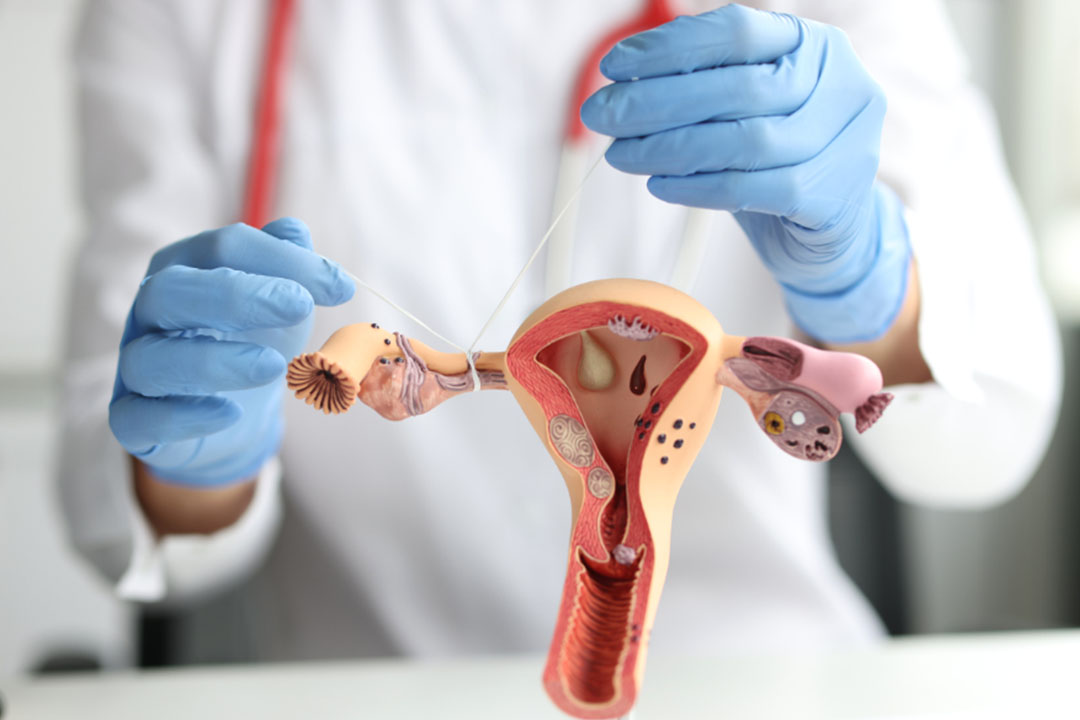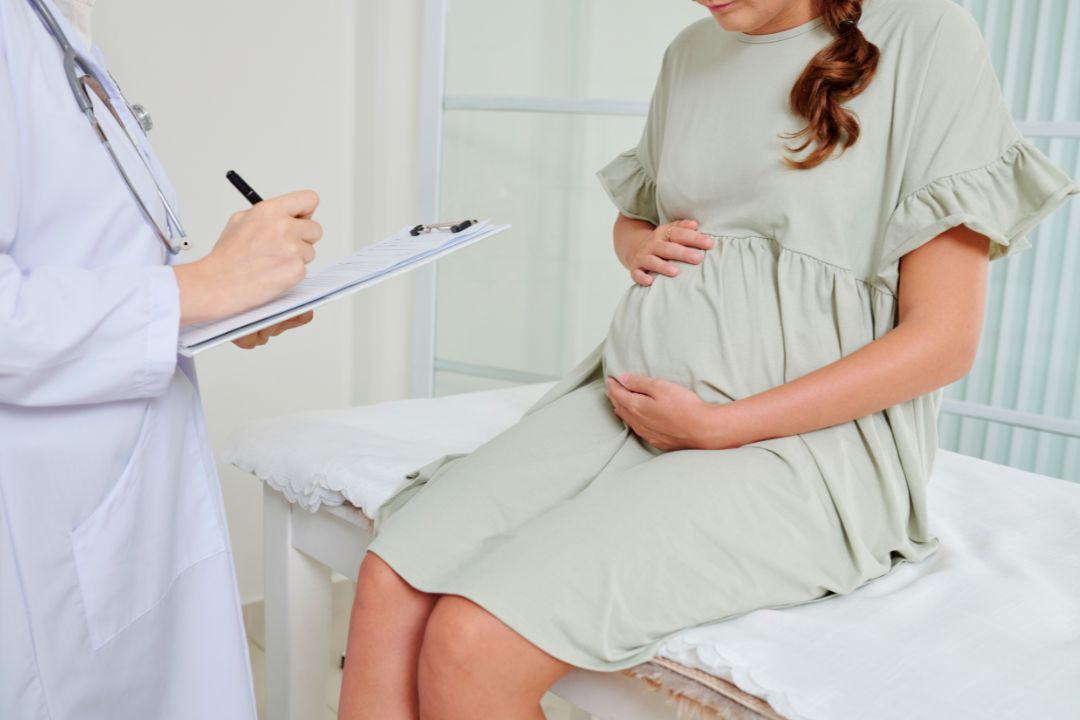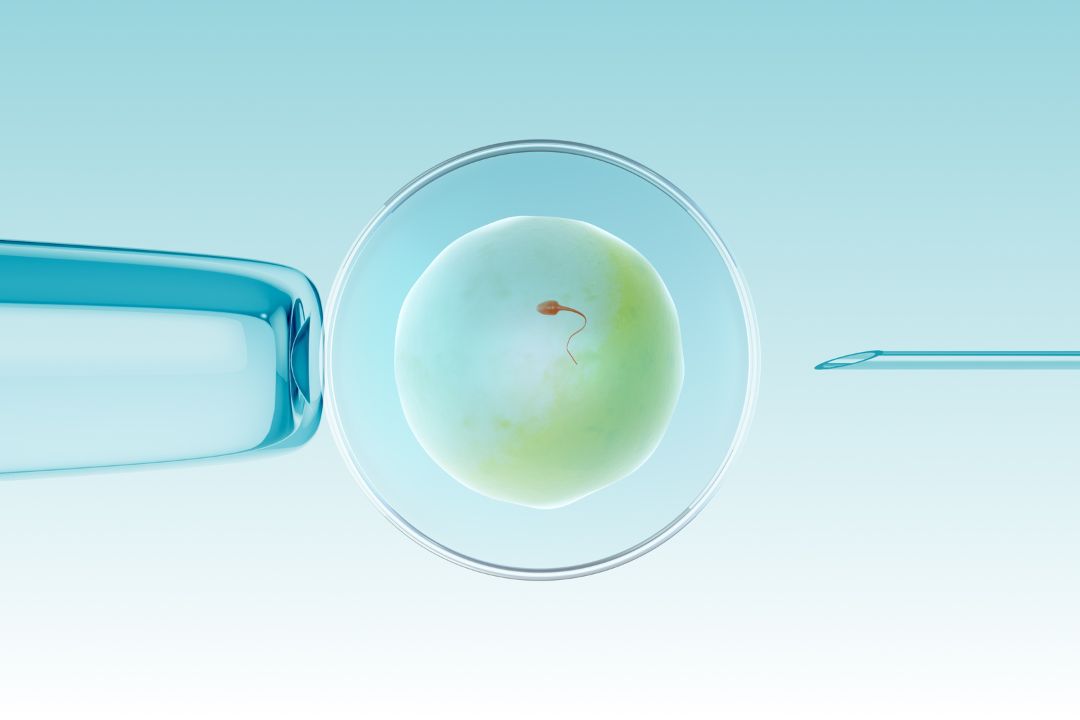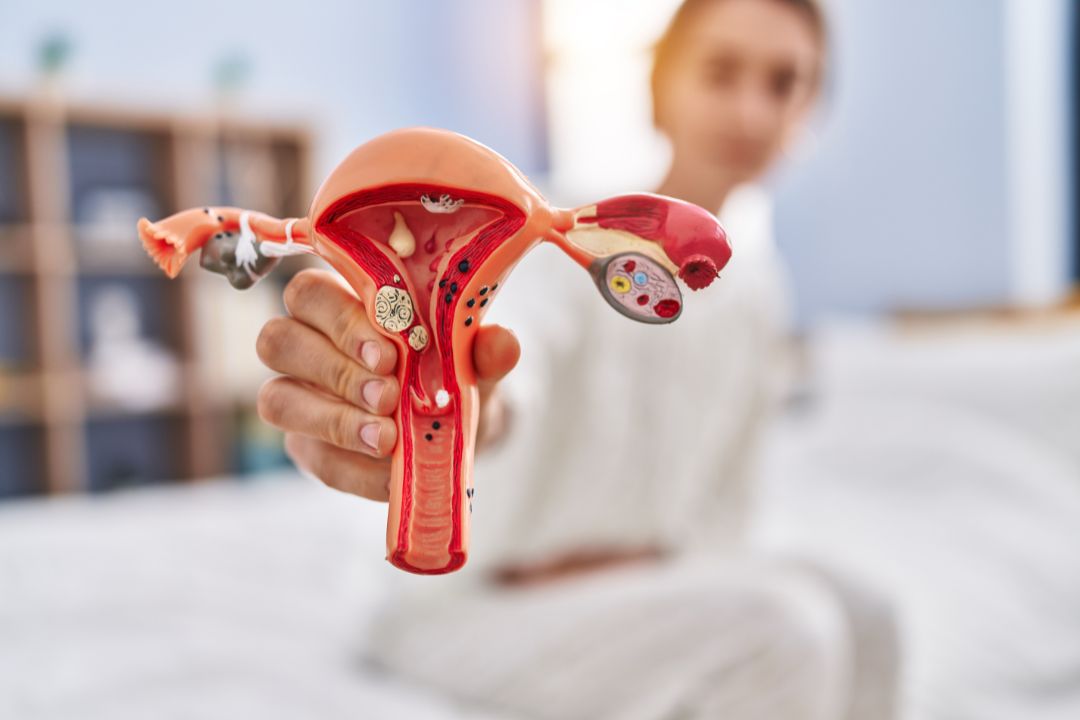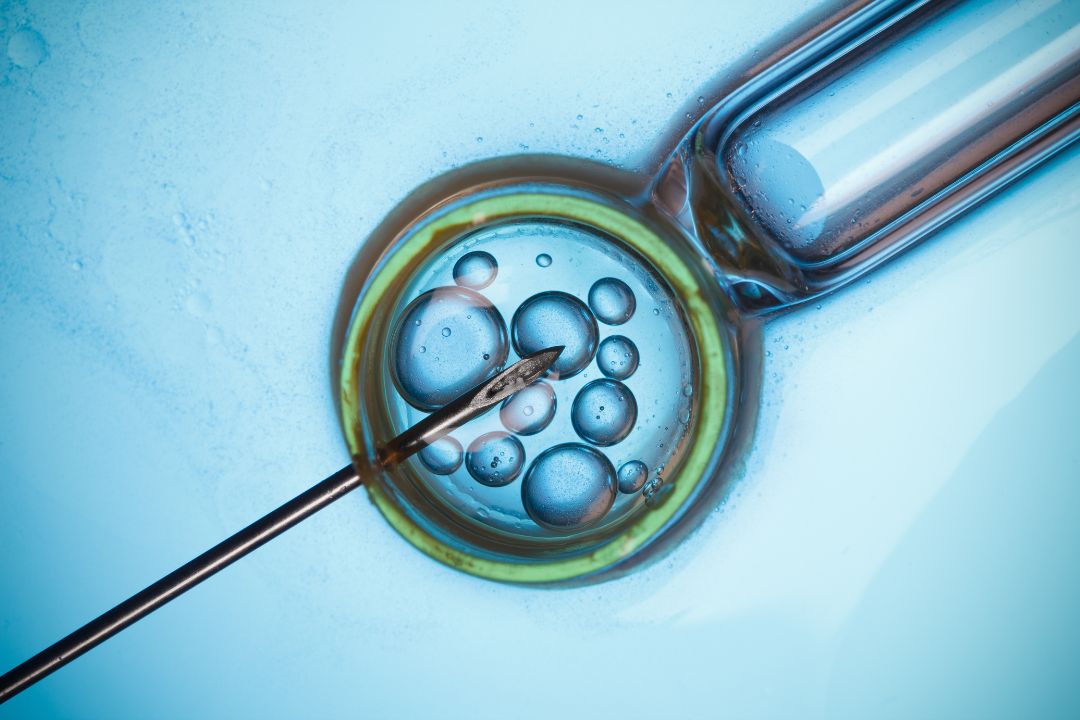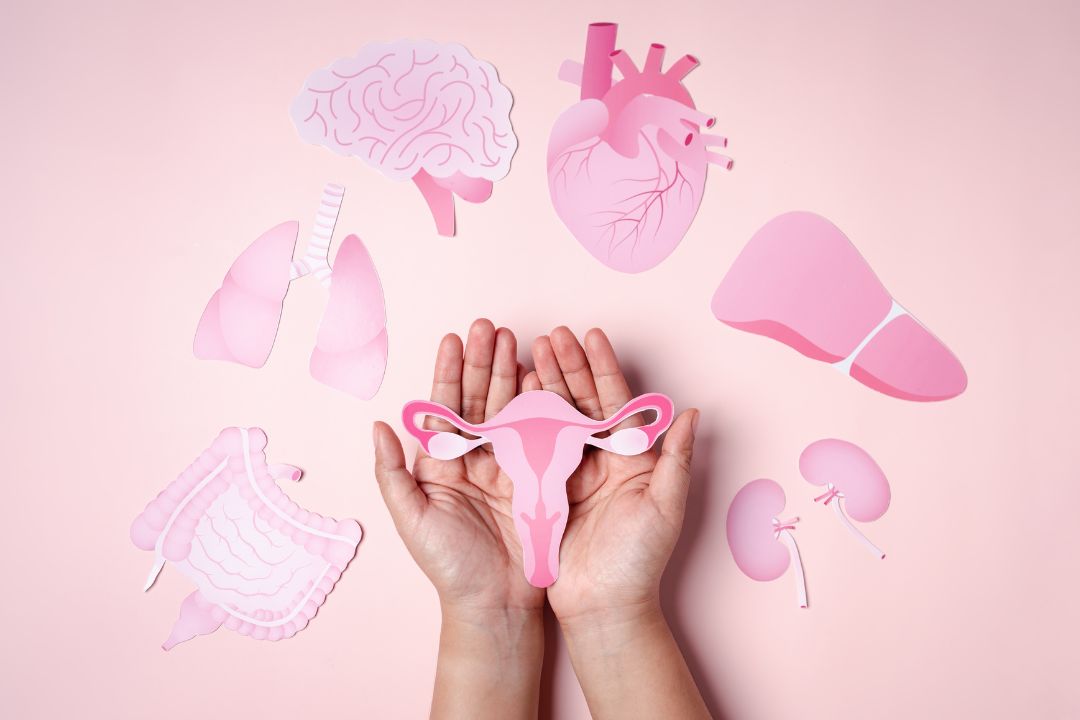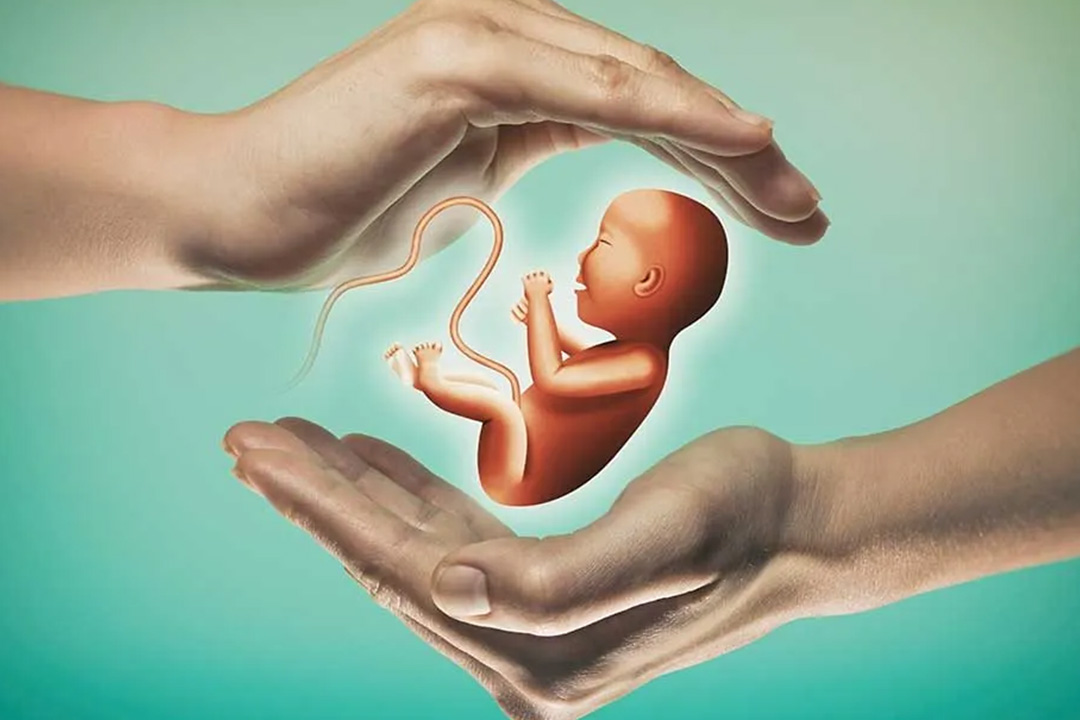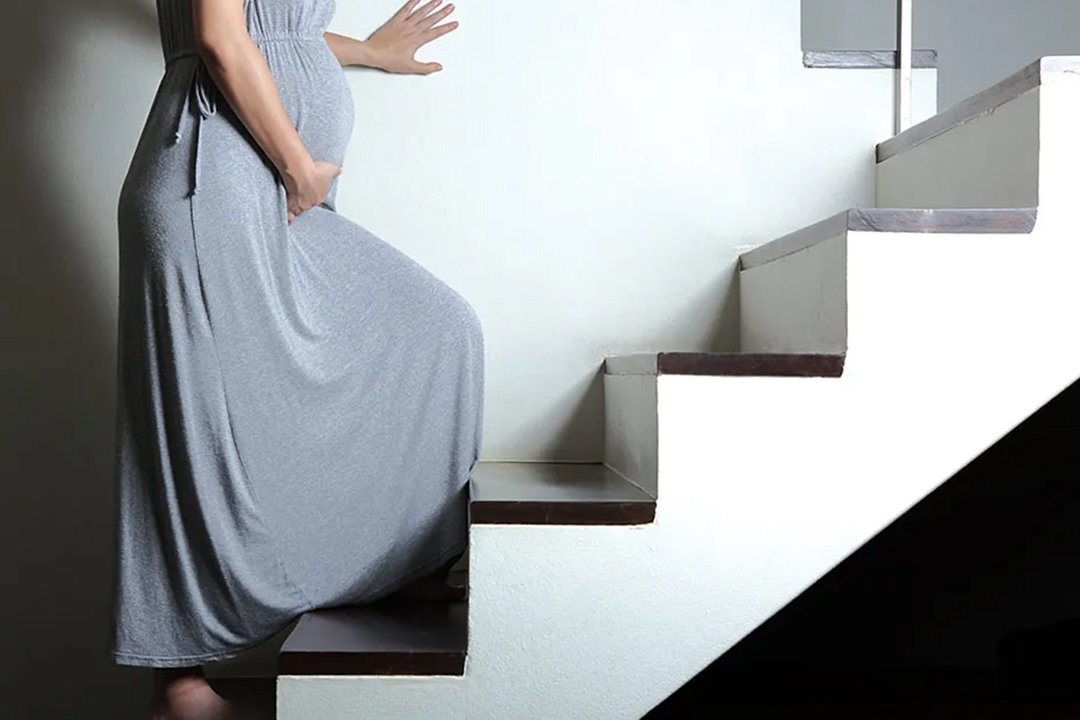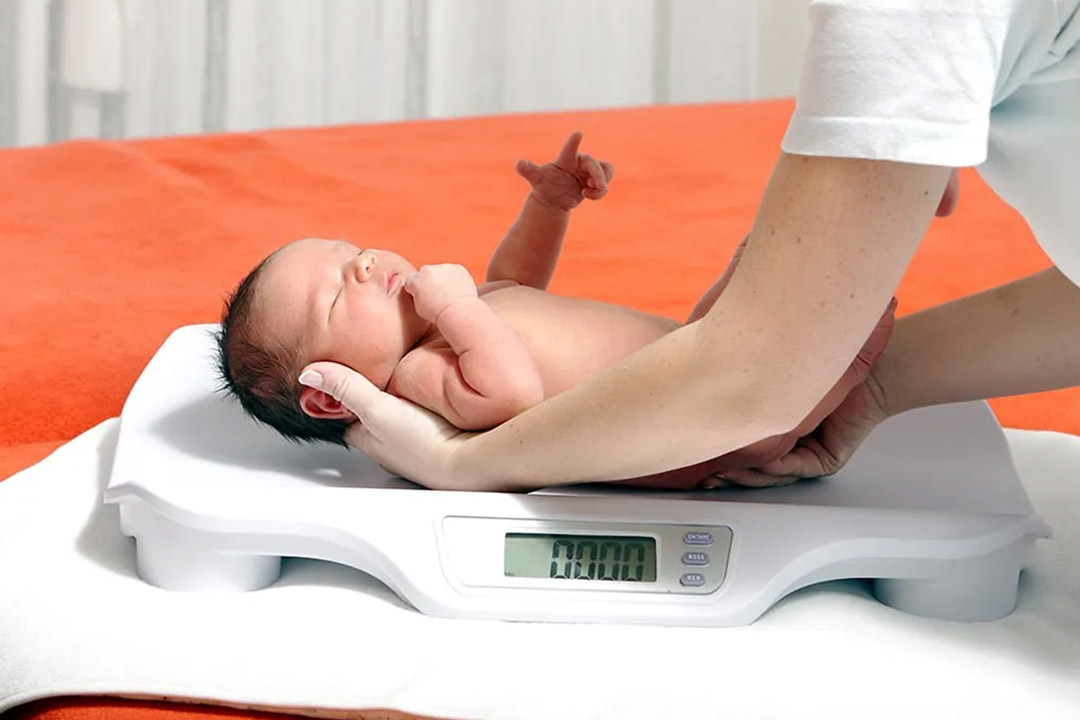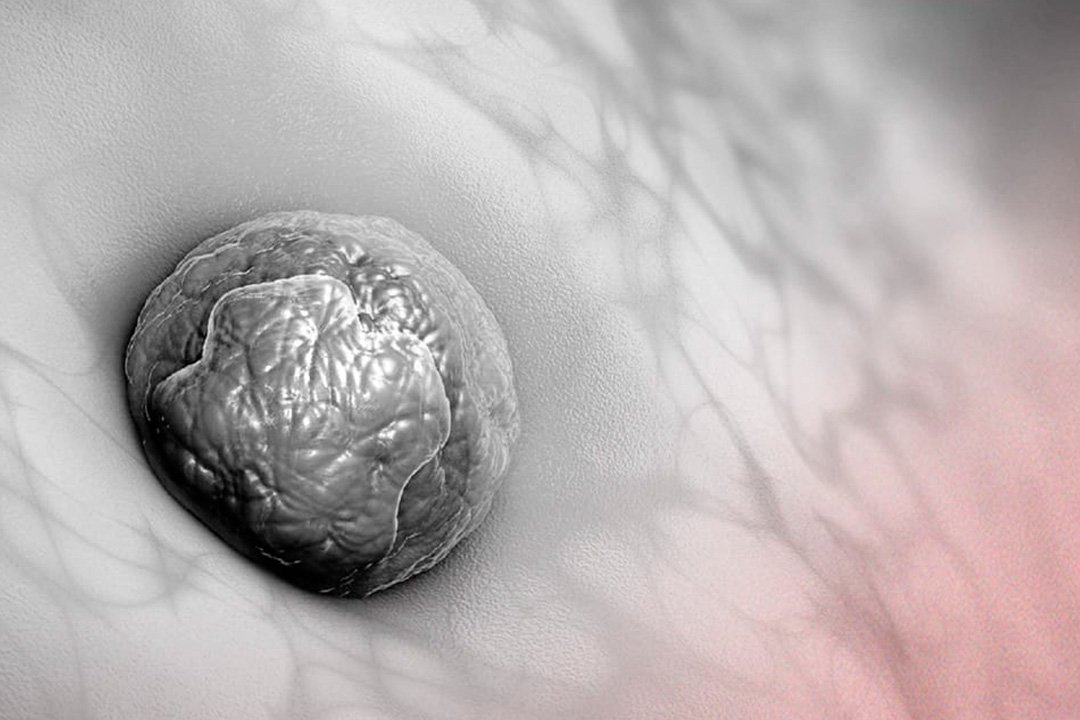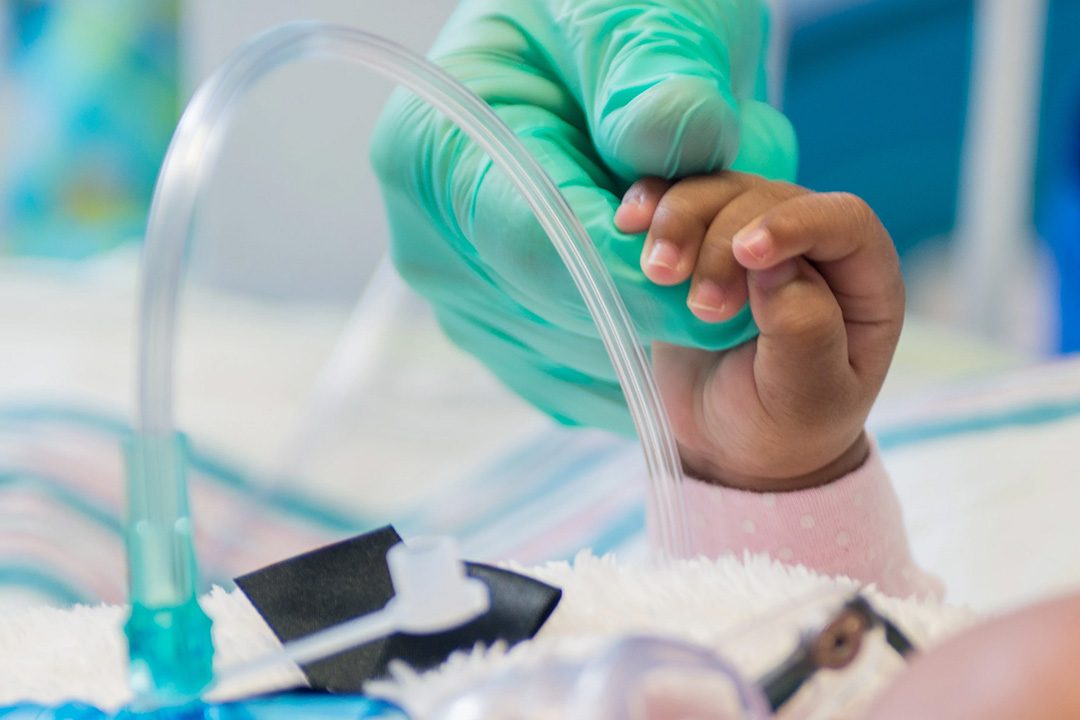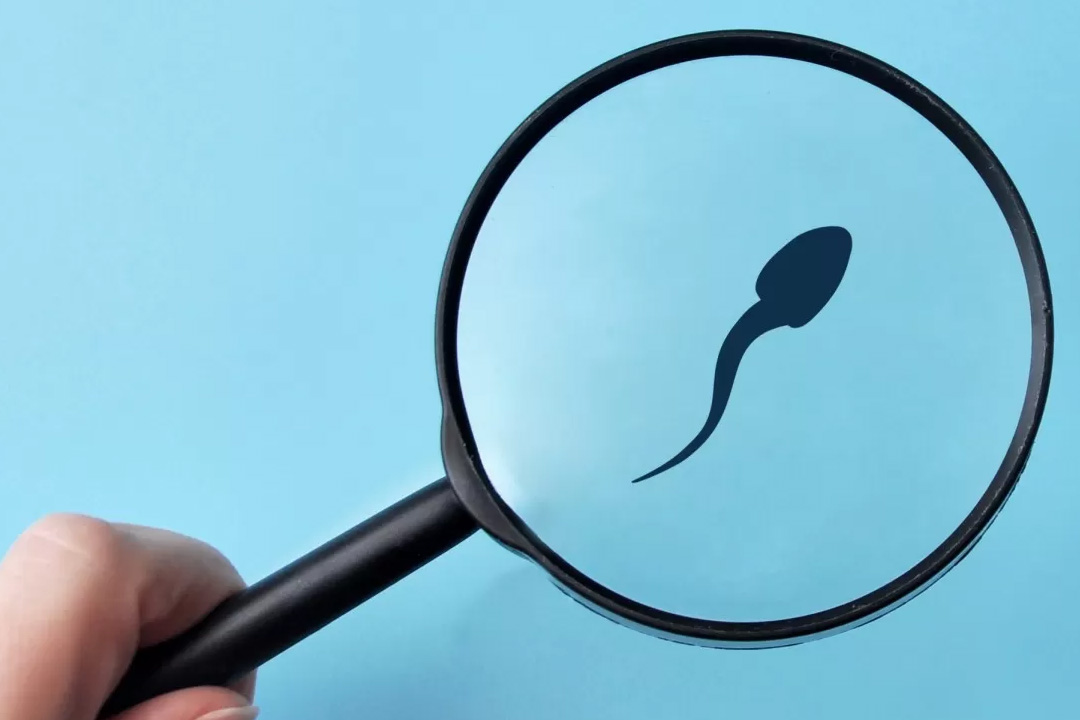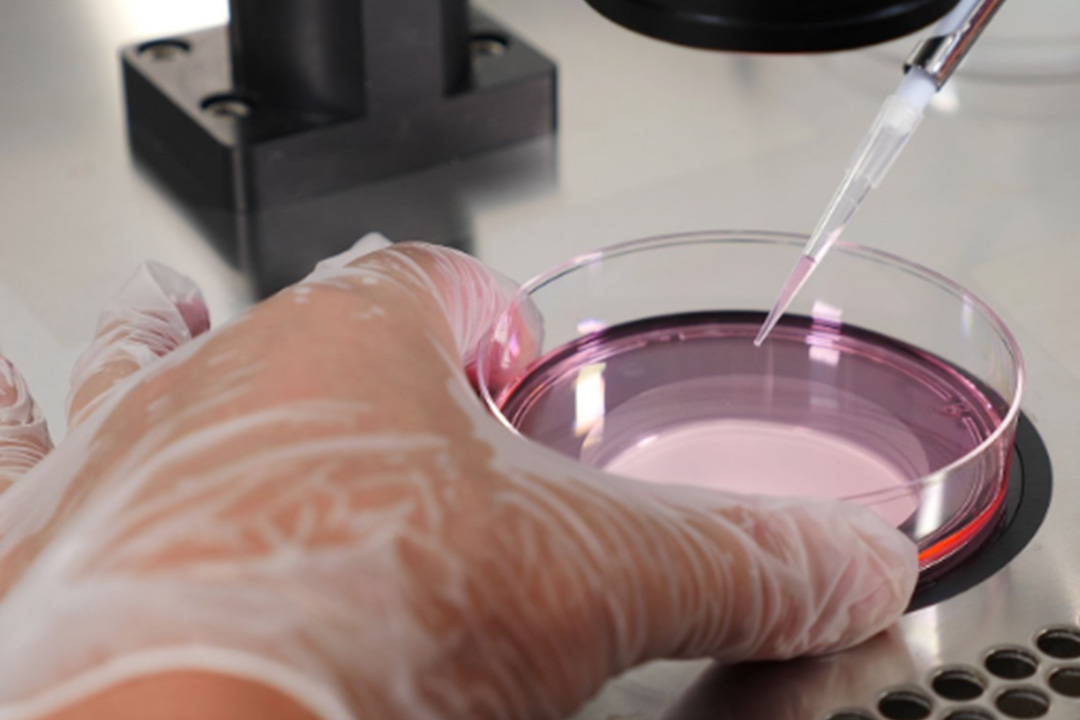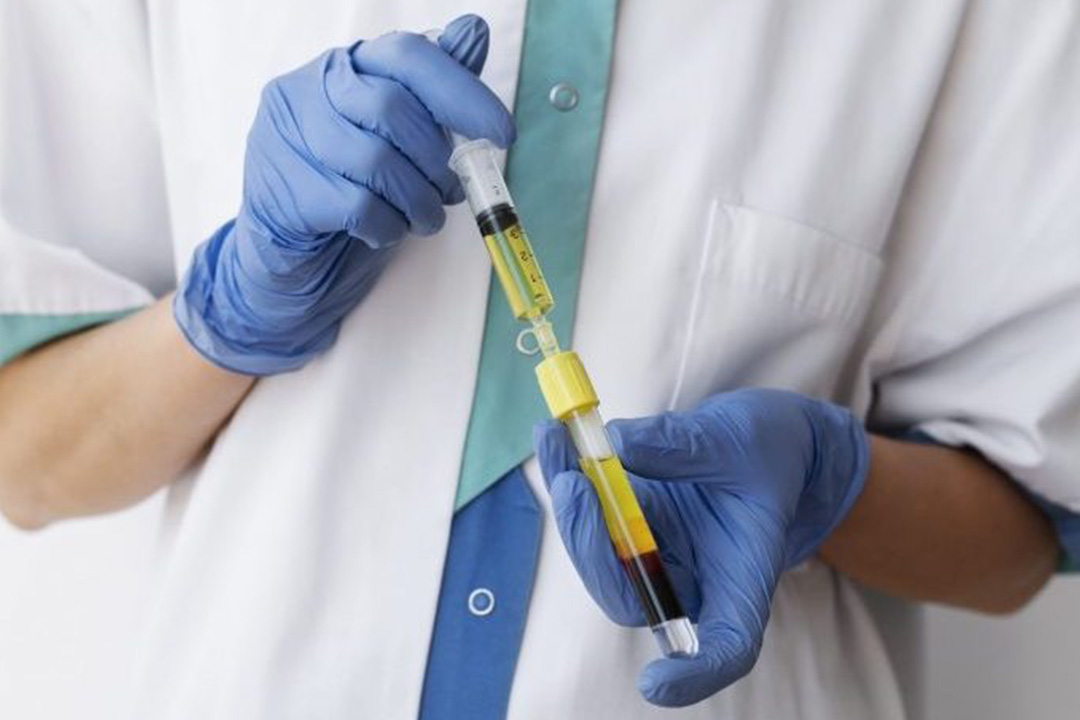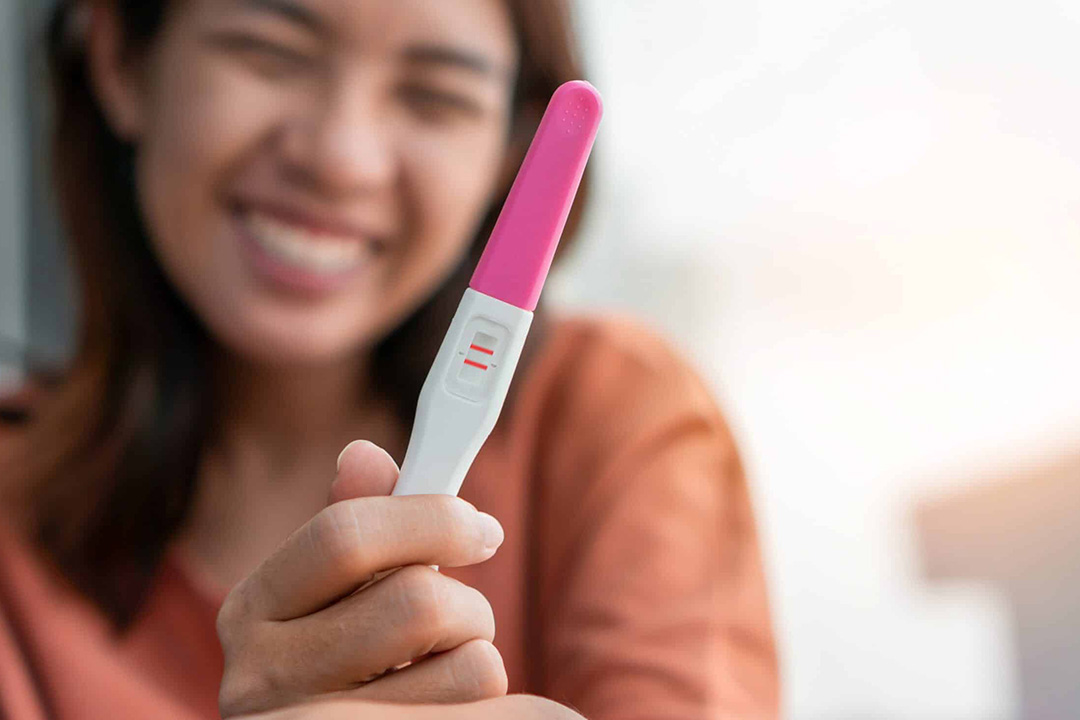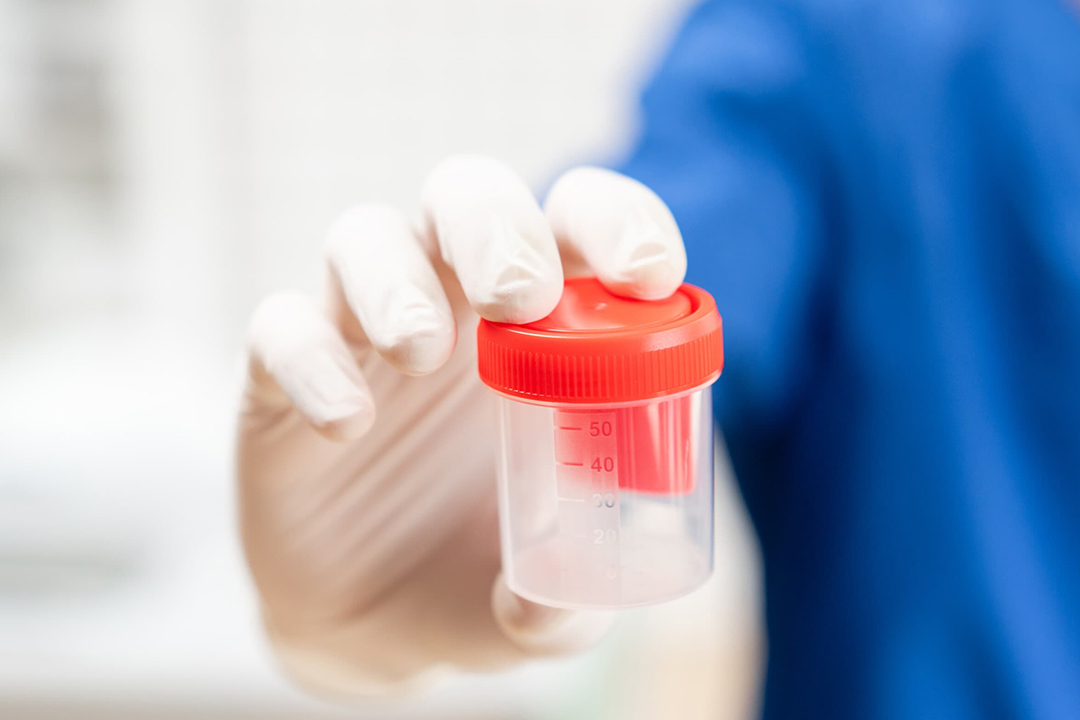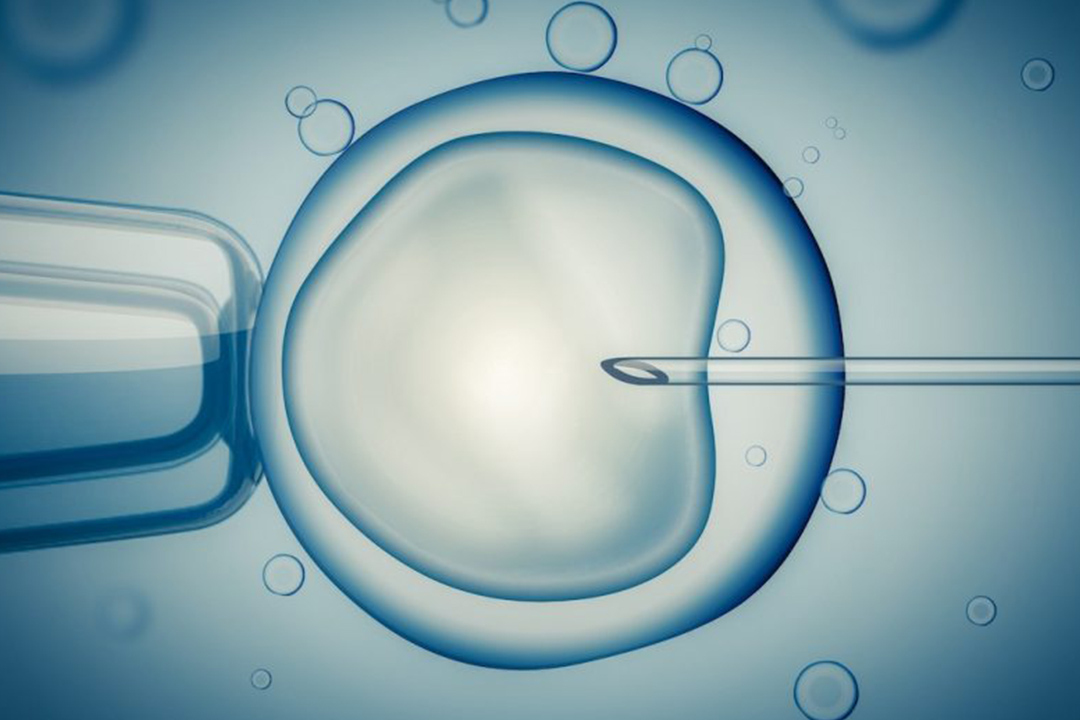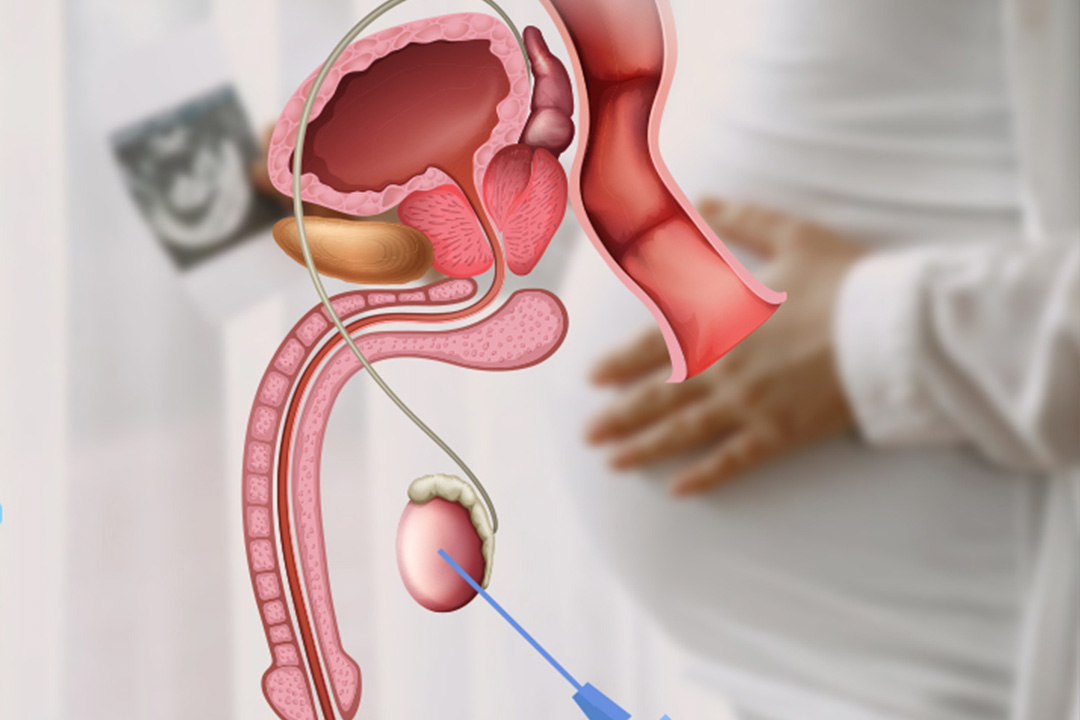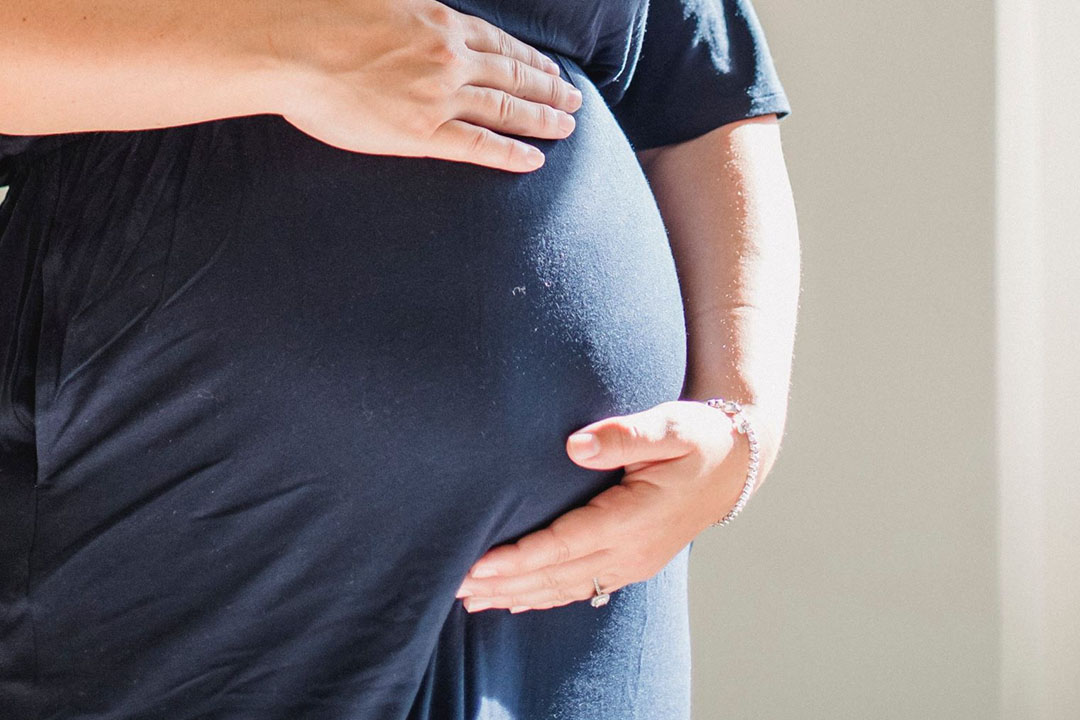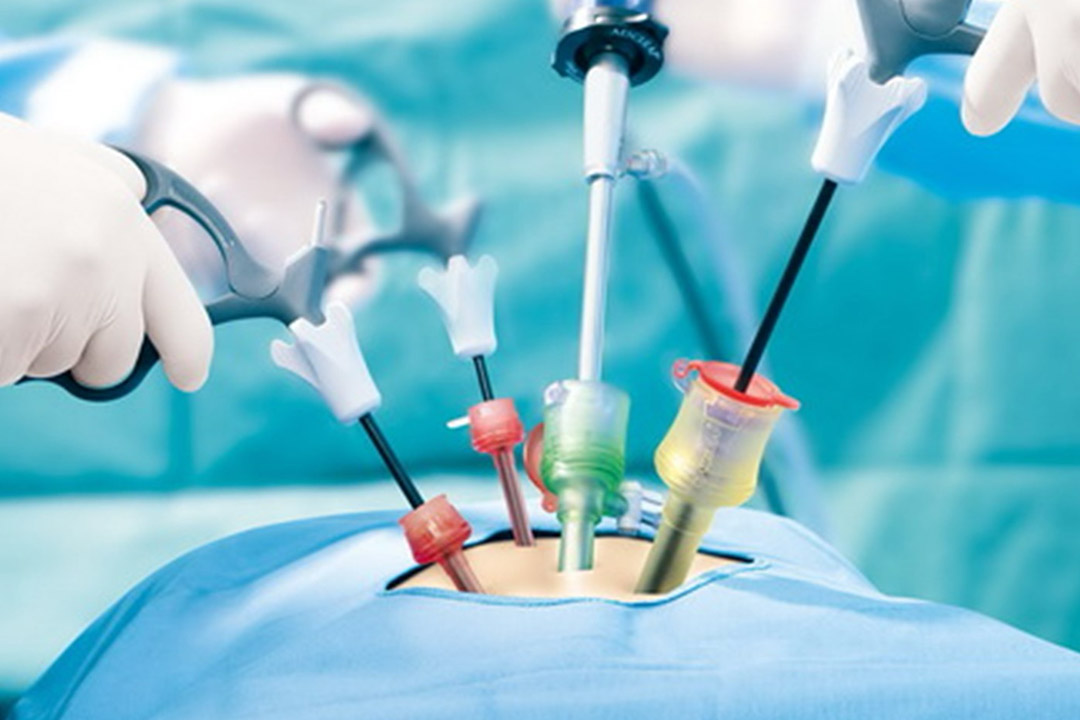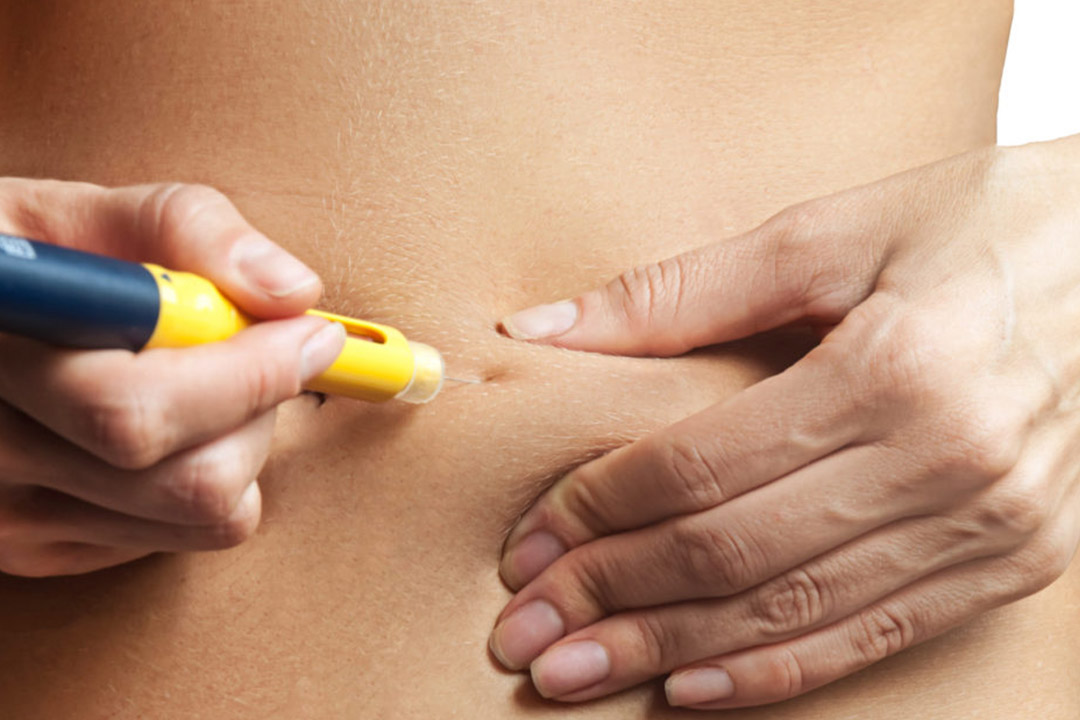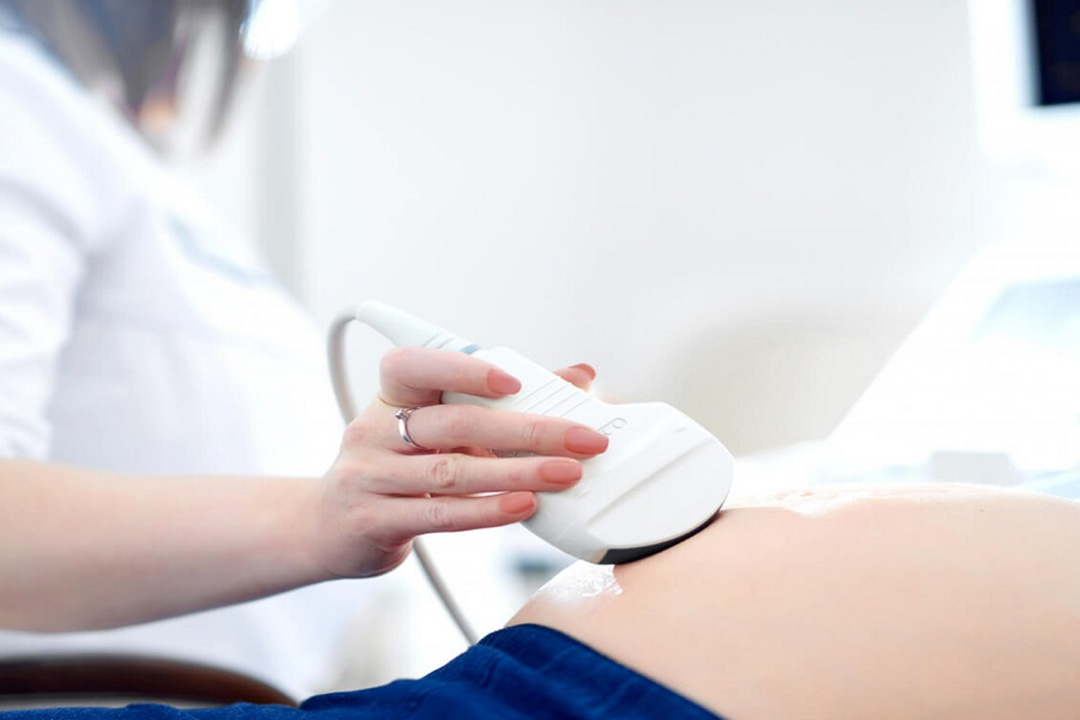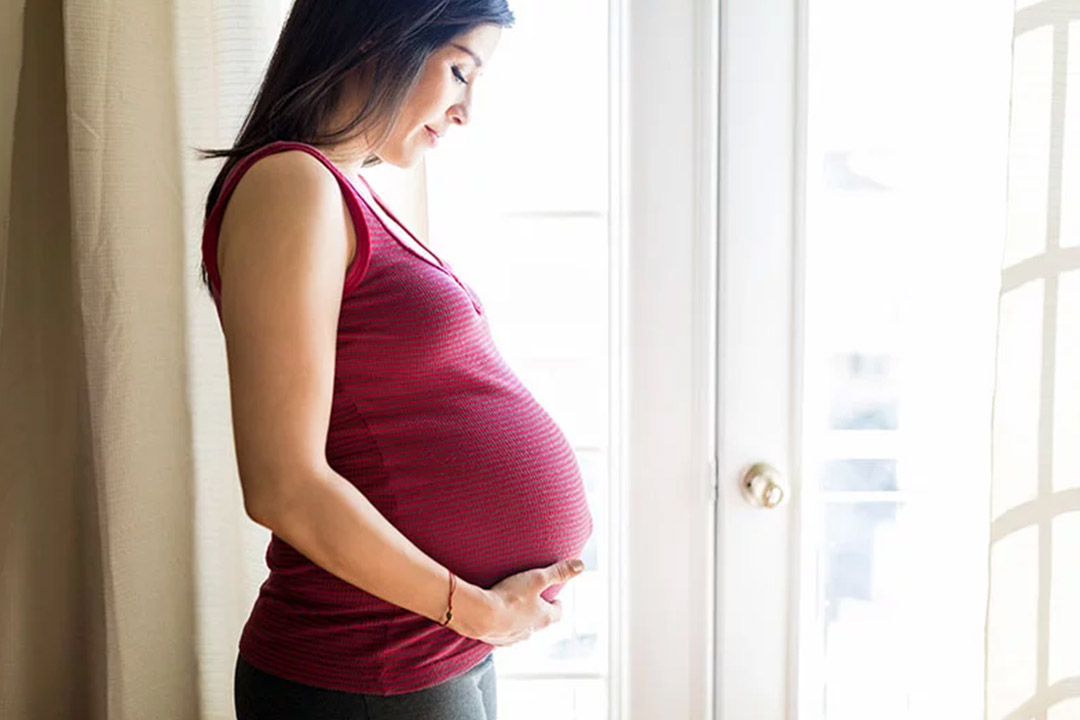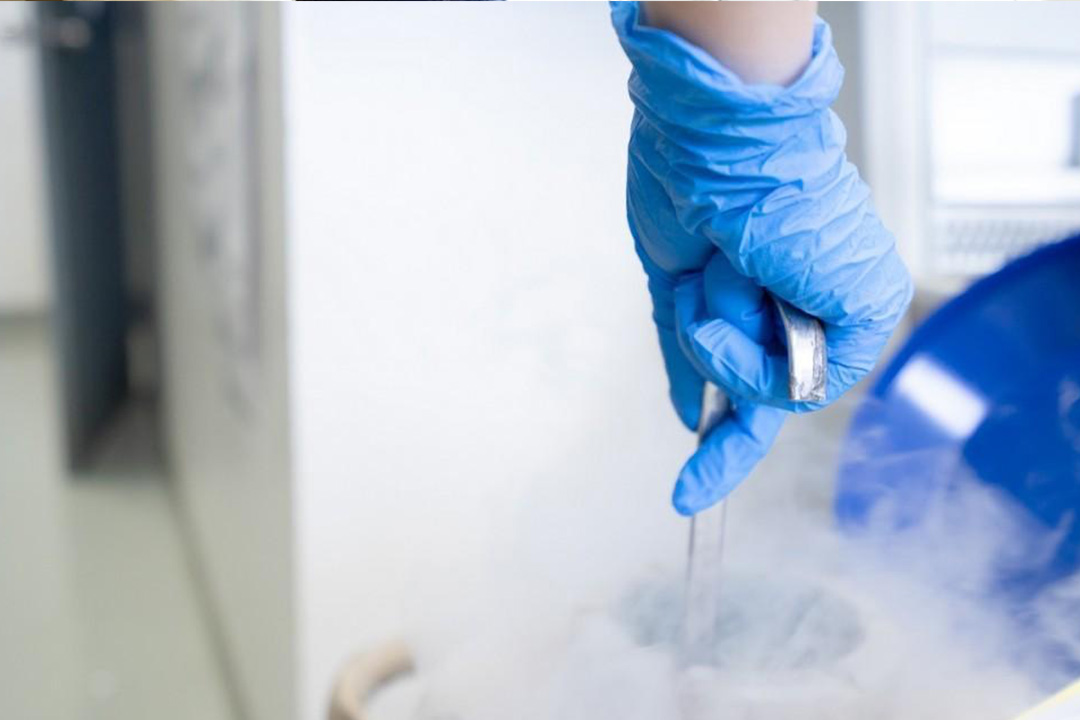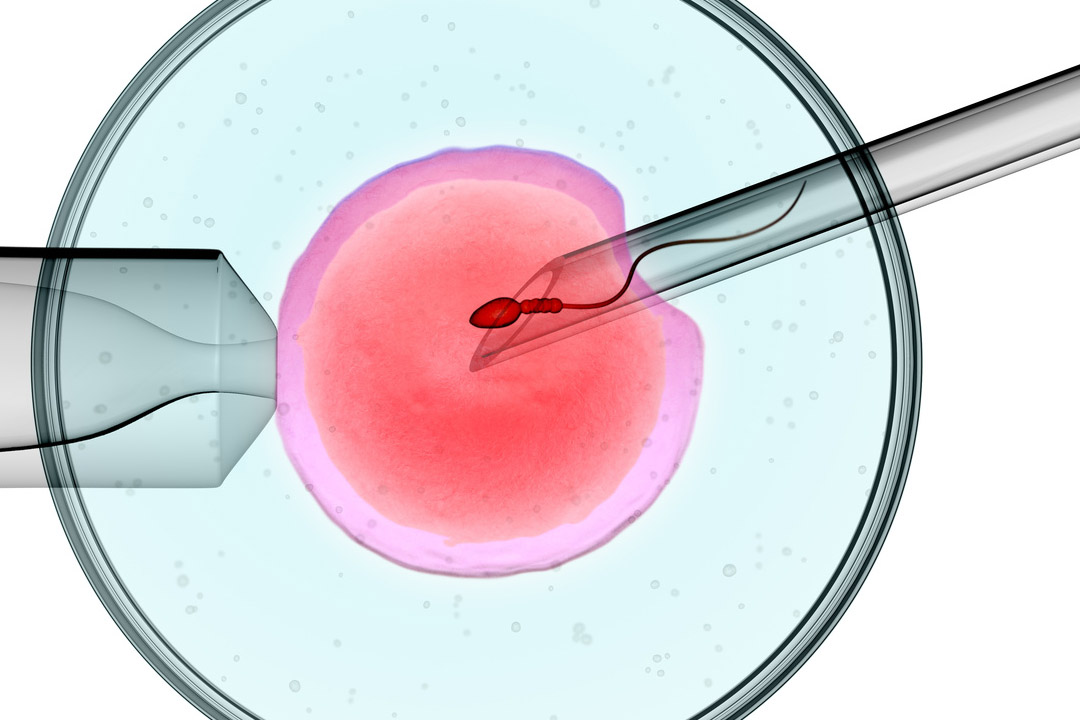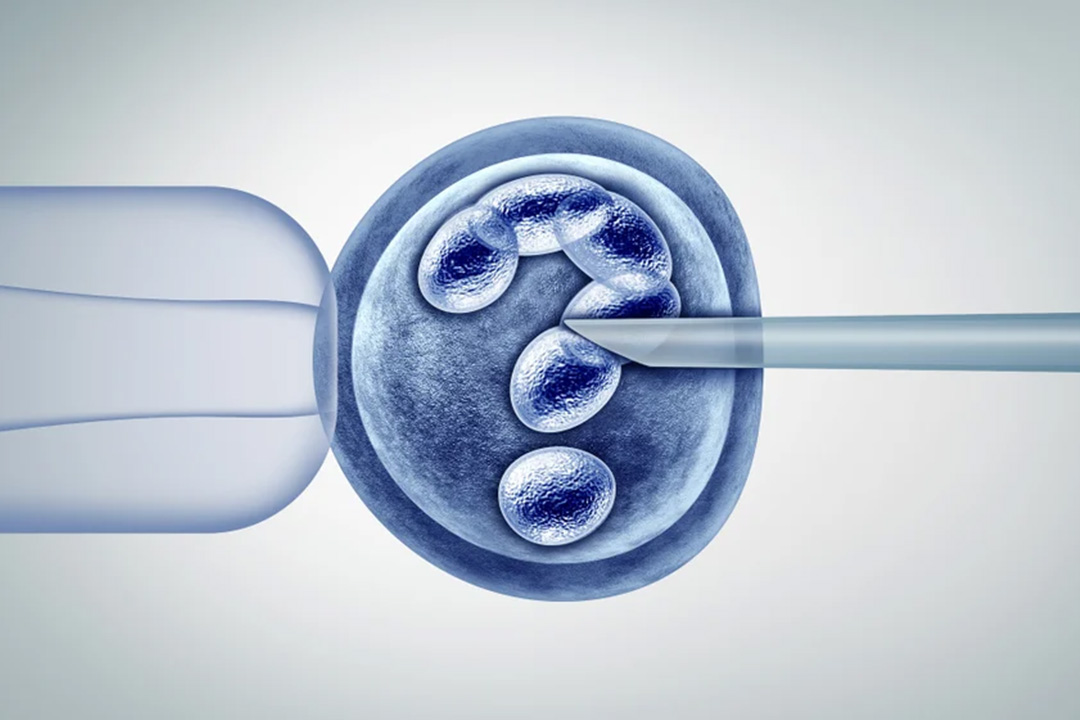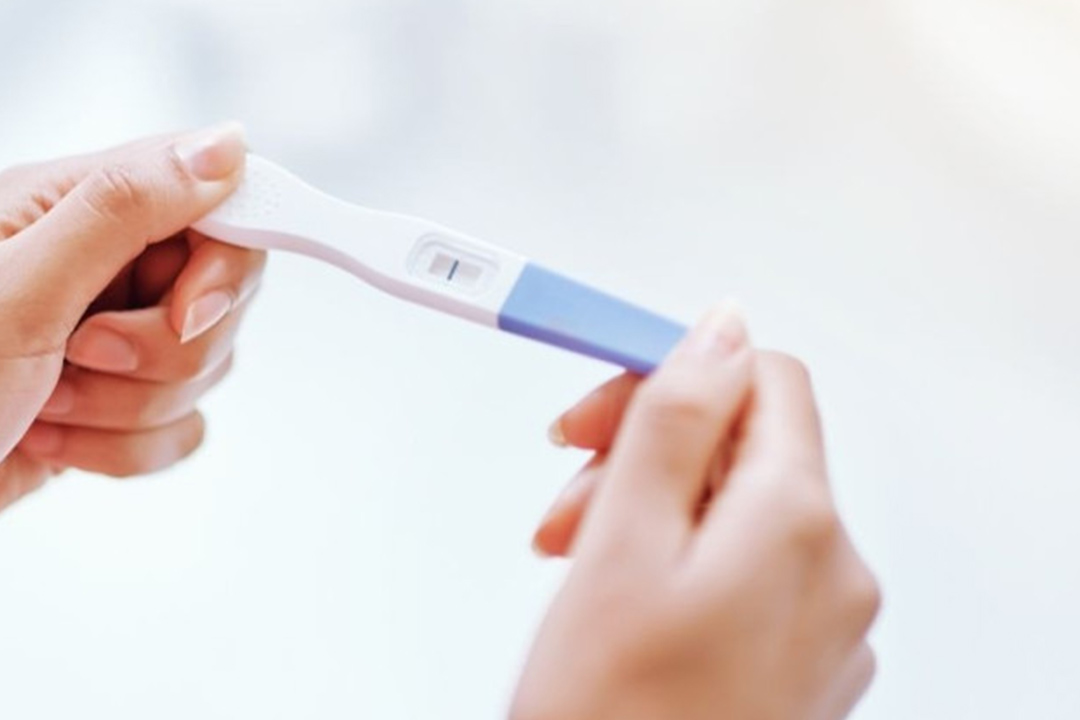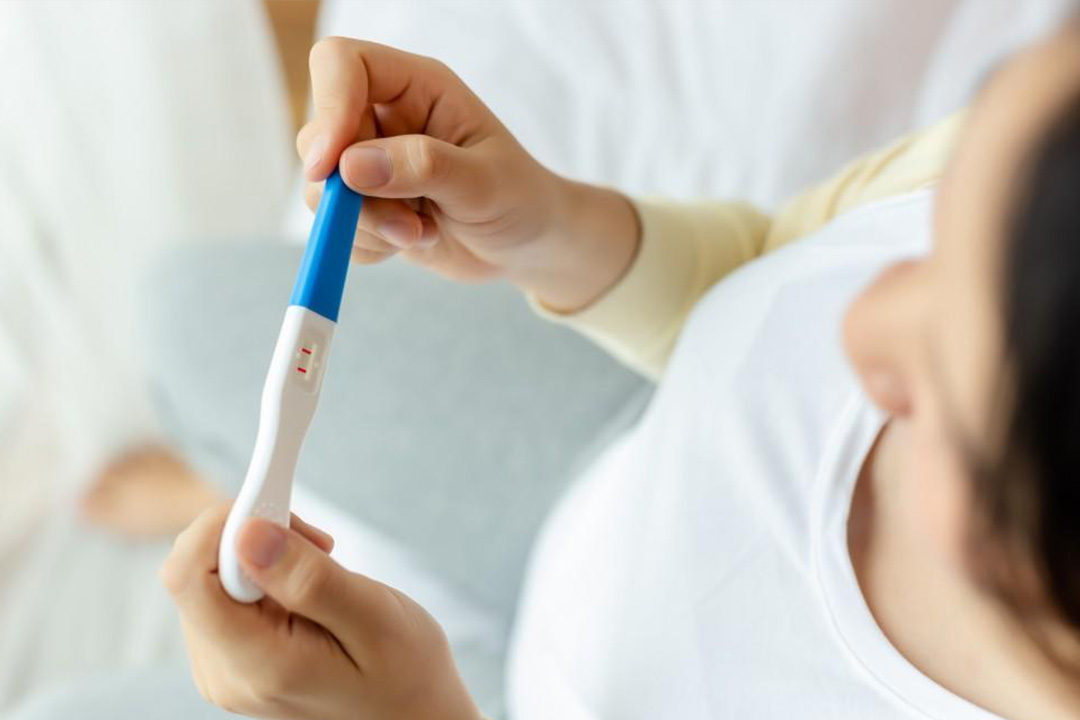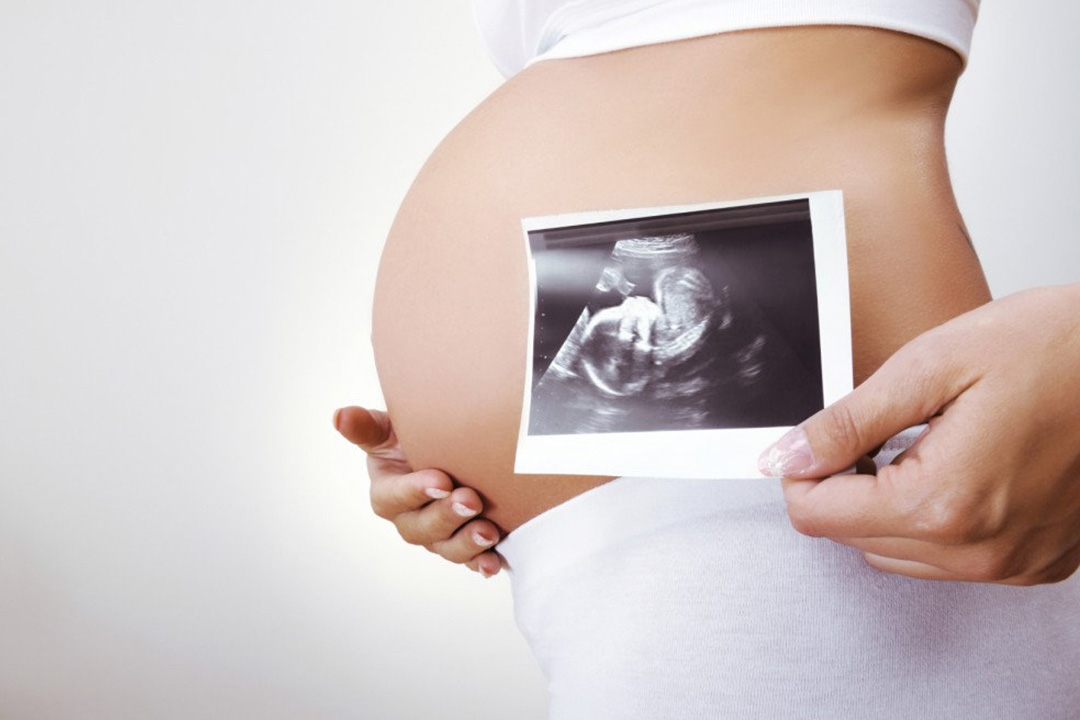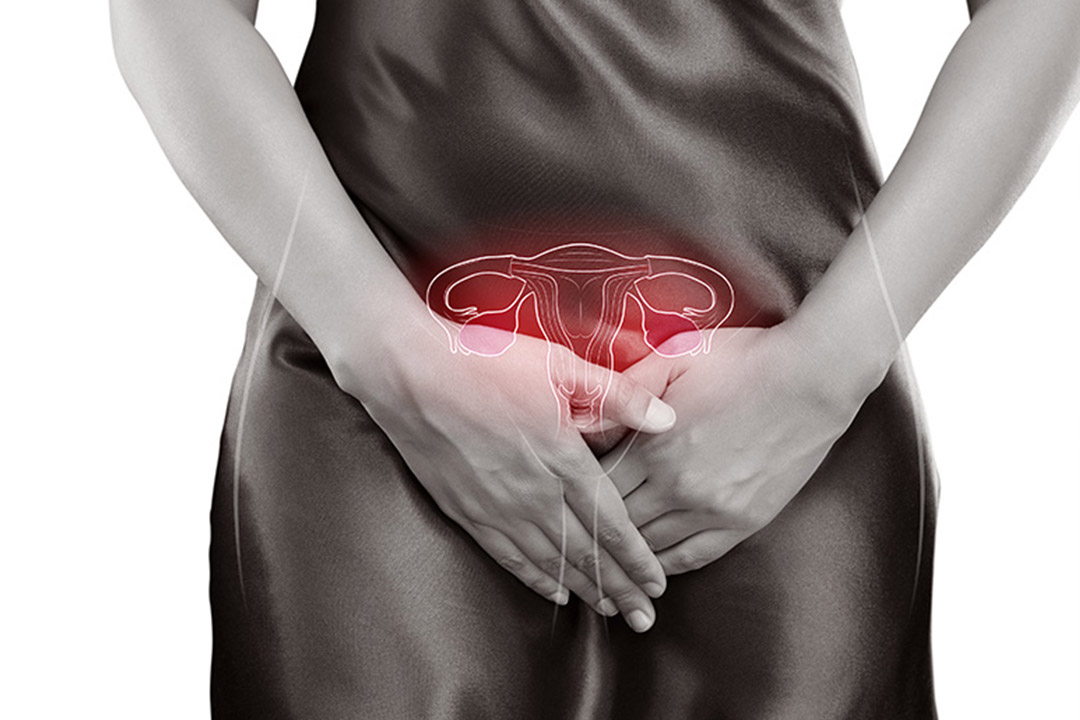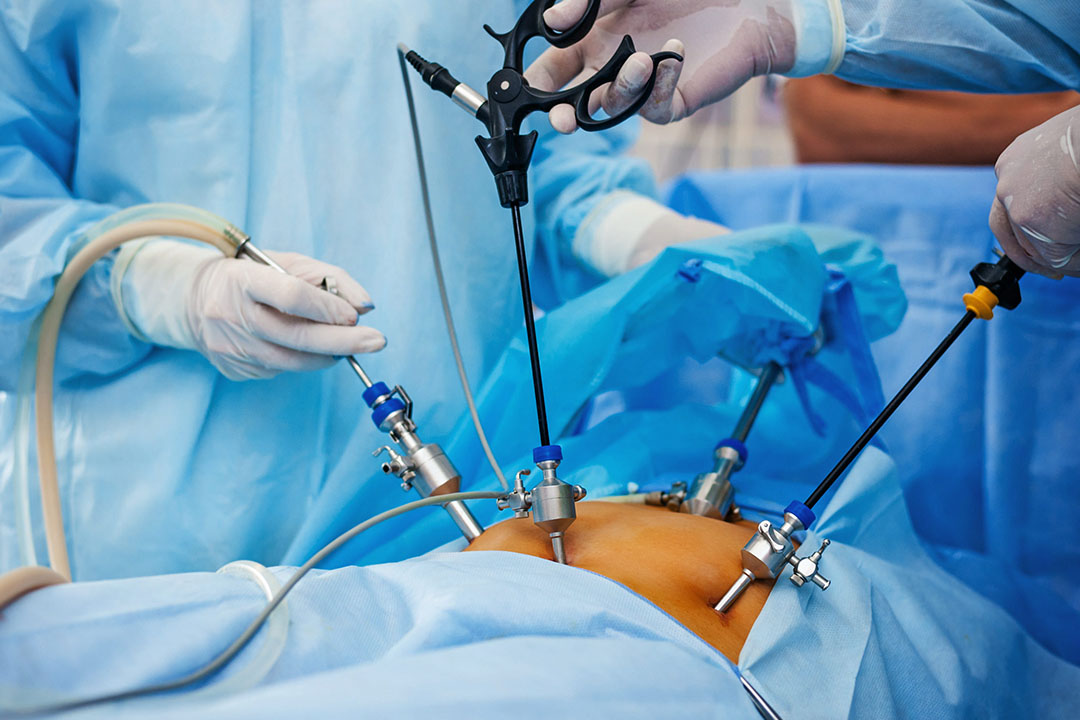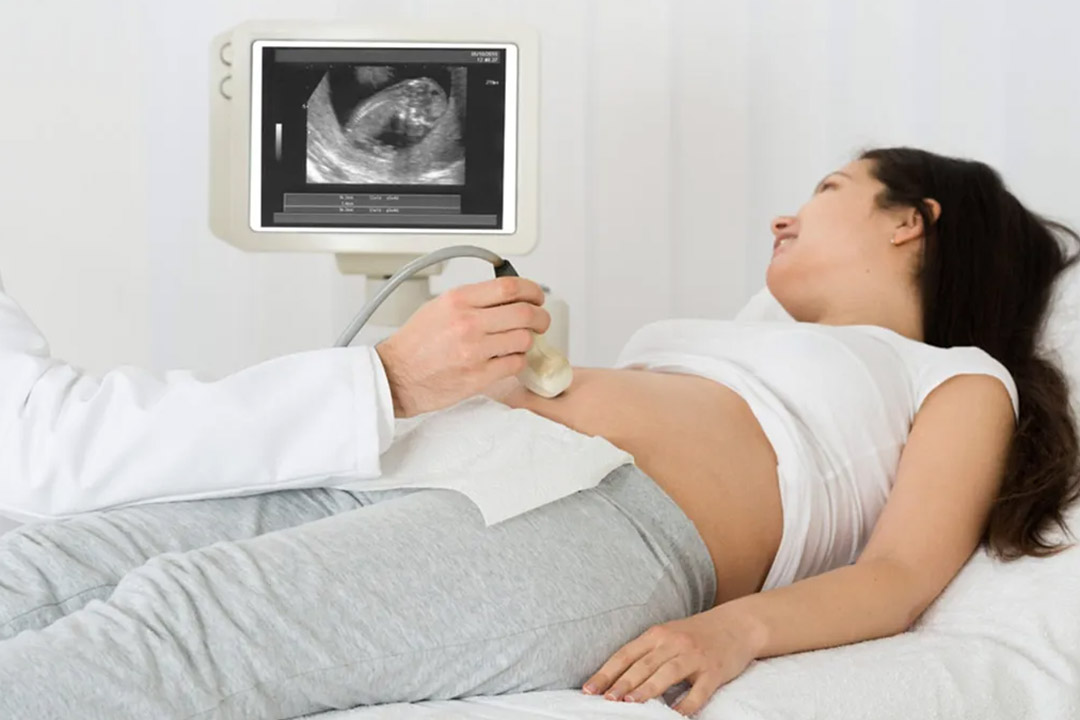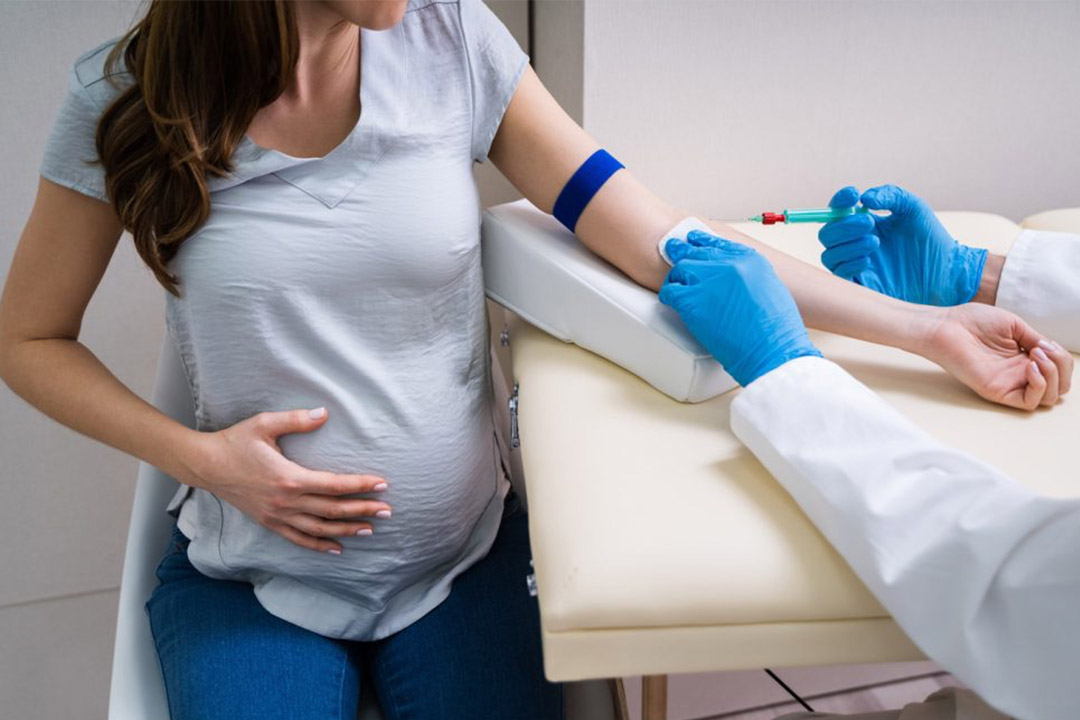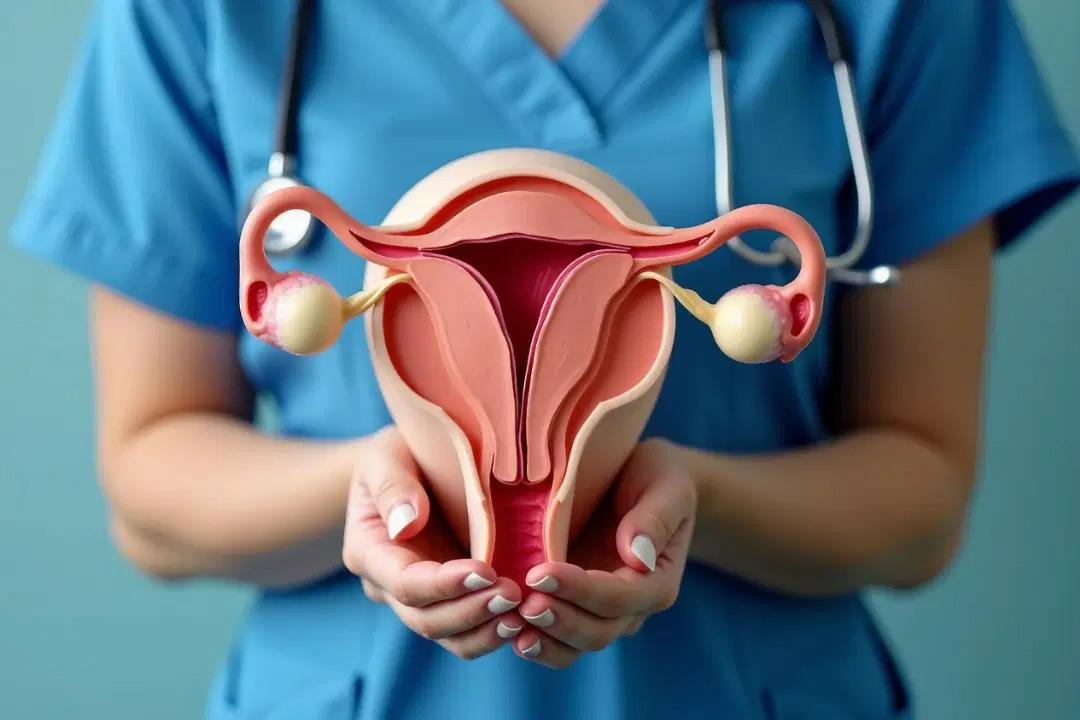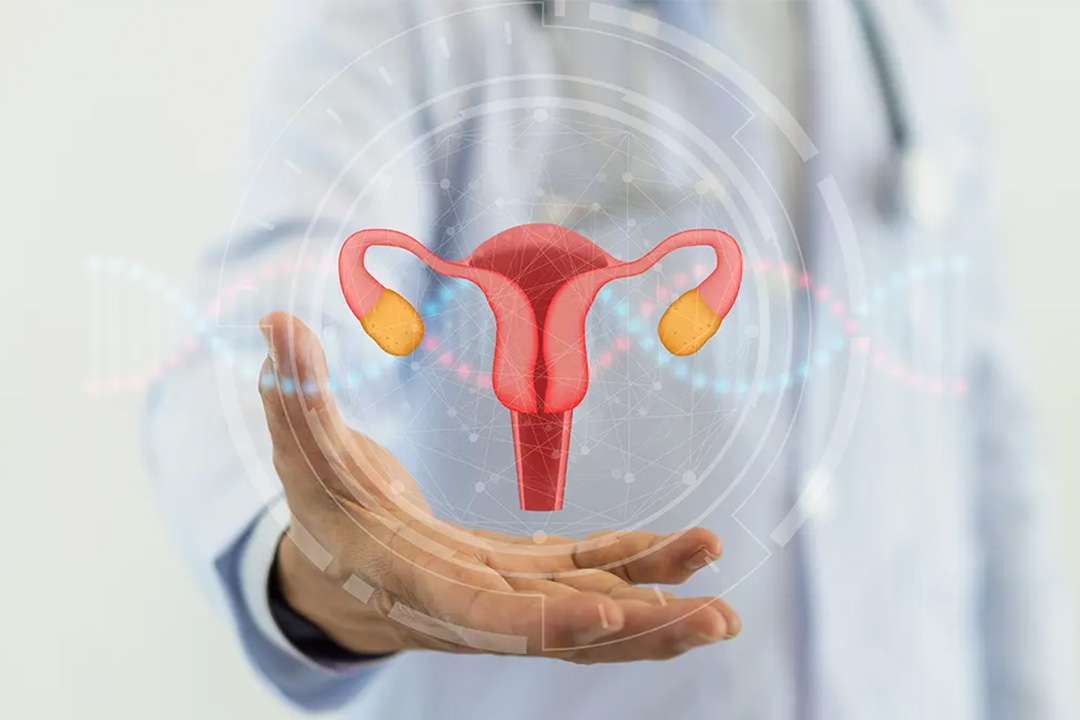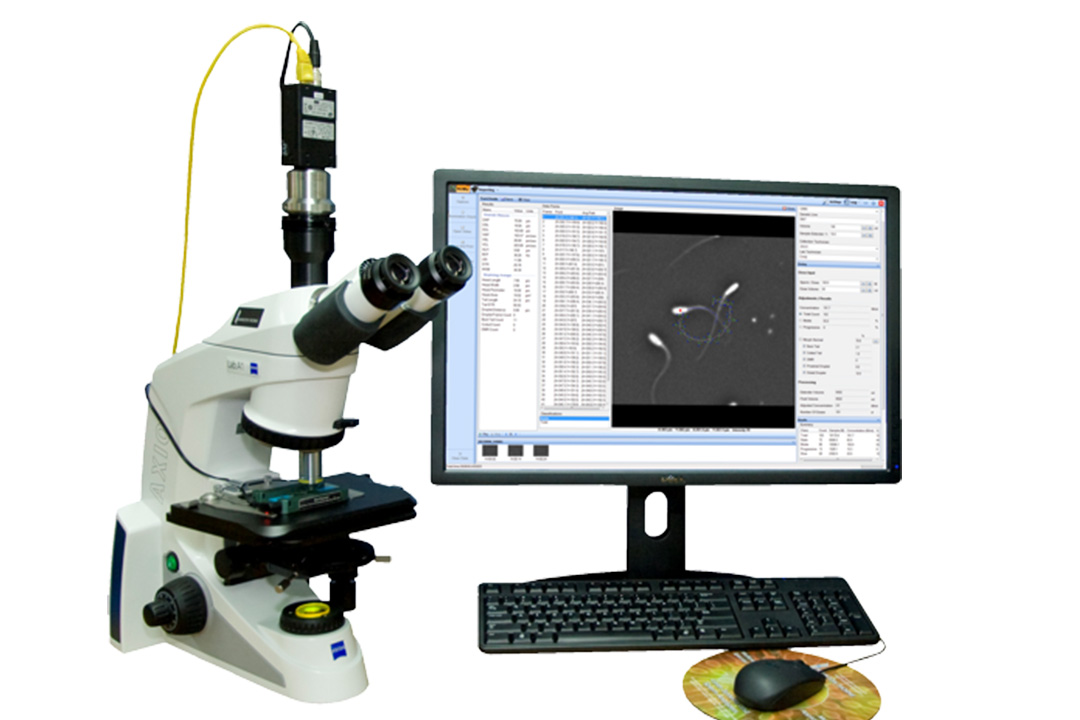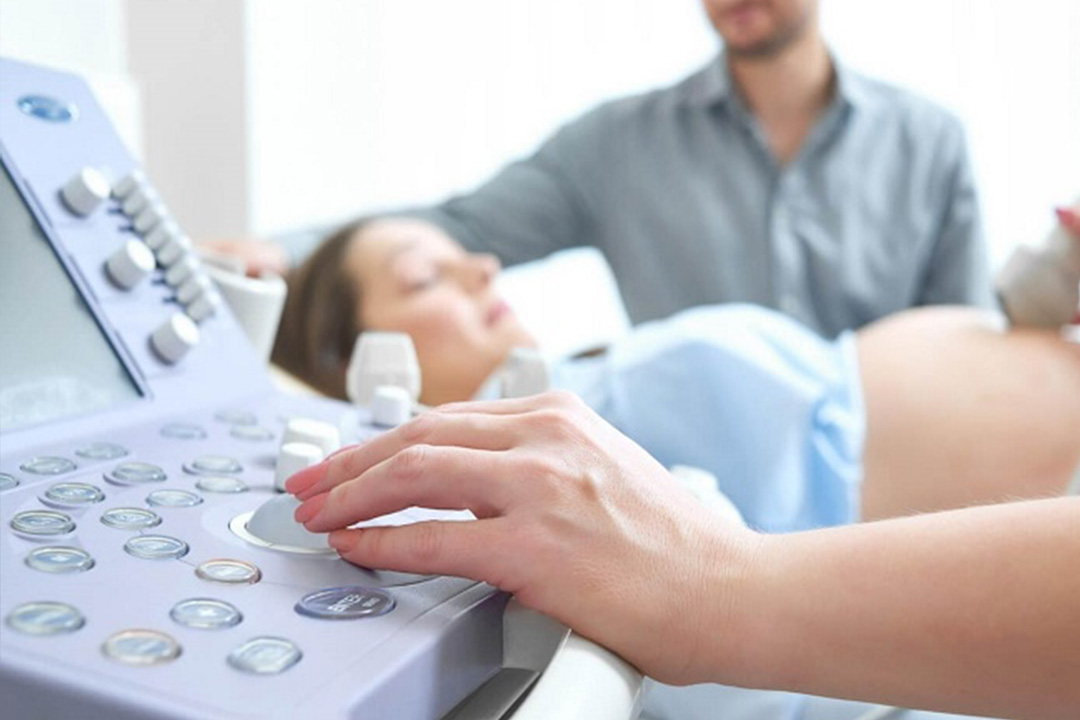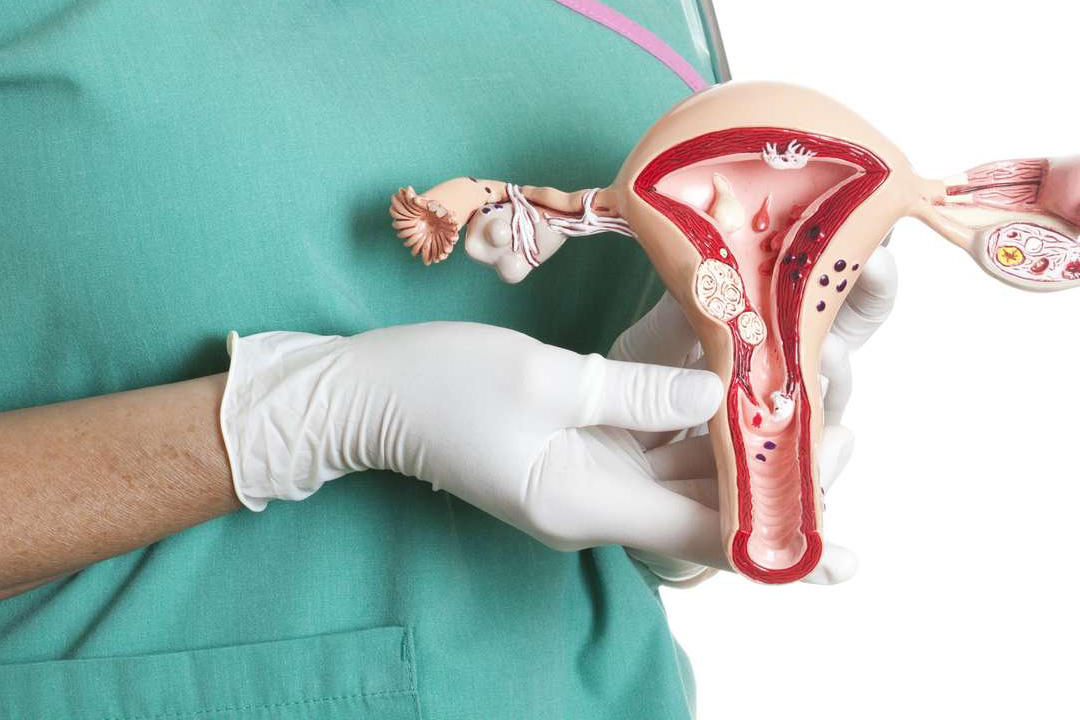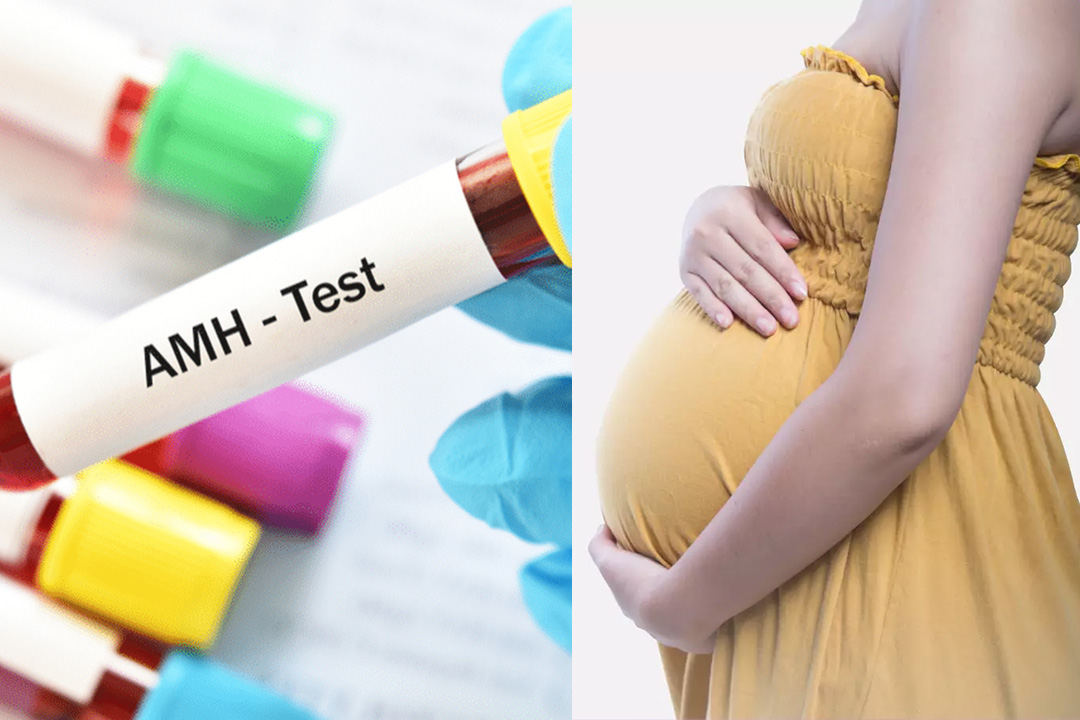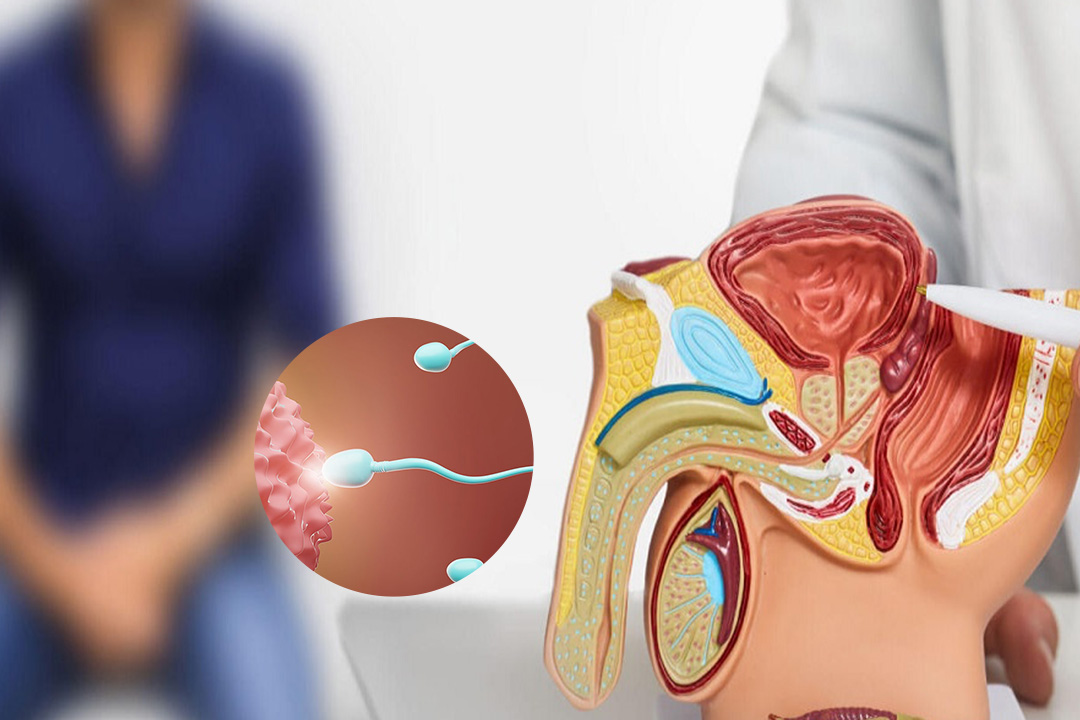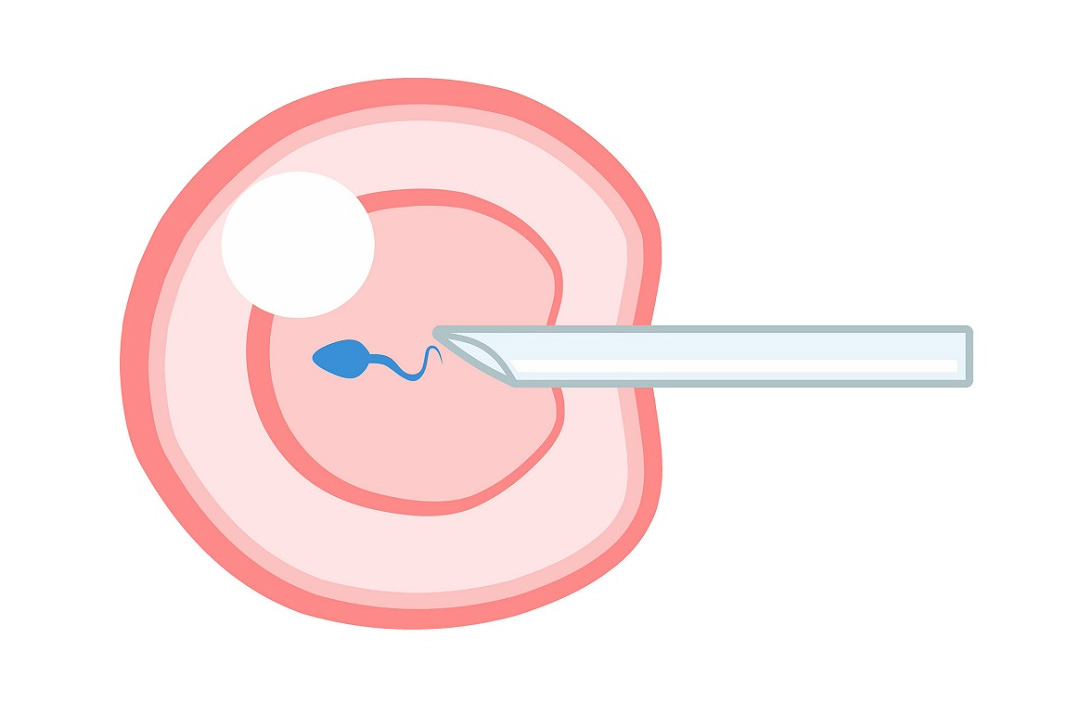After How Many Weeks Is an IVF Pregnancy Considered Safe?
For most couples, an IVF pregnancy feels safest once you cross the 10-to-12-week mark, when the risk of miscarriage drops and the pregnancy shifts from the embryonic stage to the fetal stage.
Below we will understand why that window matters, what happens before and after it, and how you can support a healthy outcome every step of the way.
Why Does an IVF Pregnancy Follow a Different Safety Timeline?
The clock in an IVF cycle starts in the lab, not in your fallopian tube. This is because we know exactly when fertilisation and embryo transfer take place, doctors can monitor early growth more closely than in natural conception.
That extra visibility brings peace of mind, but it also means you will hear about beta-hCG levels, implantation scans, viability ultrasounds that people with spontaneous pregnancies may rarely mention. It is important to understand these checkpoints as they help you stay calm until the “safer” weeks arrive.
What Happens in the First Two Weeks After Embryo Transfer?
The first 14 days after transfer are all about implantation. The embryo should attach firmly to the uterine lining and start releasing hCG.
You will wait out the famous “two-week wait” before taking a blood test that confirms whether implantation succeeded.
During this window you will not feel pregnant, and that is normal. Gentle activity, balanced meals, and plenty of water are all you need.
How Do We Confirm Implantation and Early Viability?
A positive beta-hCG blood test (usually above 25 mIU/ml) signals implantation. Two days later the value should roughly double; that tells us the embryo is growing.
Around week 5, your clinic will schedule a transvaginal ultrasound to look for a gestational sac inside the uterus.
By week 6 the yolk sac and tiny fetal pole should appear. Seeing these structures in the right place rules out ectopic pregnancy and gives your doctor confidence to move ahead.
Weeks 9–12: Why Is This the Key Safety Milestone?
Week 9 follows in rapid development: eyes, limbs, and vital organs finish their basic layout. By week 10 the placenta takes over hormone production, easing strain on the ovaries.
Miscarriage risk falls sharply once the placenta is fully functional, which is why many couples announce their pregnancy after the 12-week scan.
That scan confirms heartbeat, checks for chromosomal markers, and measures nuchal translucency. A normal report here means the toughest phase is behind you.
Beyond 12 Weeks: What Risks Remain and How Can We Manage Them?
Crossing week 12 does not cancel every concern, but the odds tilt in your favour. The main concerns now are placental health, blood pressure, and blood sugar. Regular antenatal visits and recommended screening tests.
Anomaly scan at 18–20 weeks, glucose challenge around 24 weeks which catch most problems early. If you conceived with donor eggs or carry twins, your doctor may add extra growth scans.
How Can We Stay Calm During the Waiting Weeks?
Waiting for test results can feel like a lifetime. Try these simple strategies:
- Set small milestones. Celebrate each blood test, each heartbeat, each new week.
- Create a support circle. Share feelings with your partner, a counsellor, or an online IVF group.
- Limit late-night googling. Stick to information from your clinic.
- Keep life flowing. Work, hobbies, and social time provide healthy distraction.
After Week 12, Are IVF and Natural Pregnancies Still Different?
Physically, almost no difference remains. Emotionally, you might feel extra cautious because of the journey you took to get here, yet many parents report a surge of confidence once they graduate from the fertility clinic to regular prenatal visits .
Do Special Situations Change the Safety Week?
There might be some doubts about how certain special circumstances may affect the pregnancy, common concerns are as follows:
- Twins or higher multiples: Doctors keep closer watch for preterm labour and growth issues, but the 12-week milestone still marks a drop in miscarriage risk.
- Donor eggs: Safety timeline mirrors standard IVF; maternal age does not alter fetal development in the first trimester.
- Maternal age over 40: Genetic screening becomes more important, yet the critical safety window remains 10–12 weeks.
What Signal Indicates That the Pregnancy Is Safe?
You will hear your care team mention three big numbers over and over: beta-hCG, progesterone, and fetal heart rate.
Beta-hCG validates implantation and should double roughly every 48 hours in the first ten days, then slow its climb.
Progesterone keeps the uterine lining stable; clinics often aim for levels above 20 ng/ml until the placenta takes over.
Fetal heart rate starts around 100 bpm and climbs toward 160 bpm by week 9. When all three metrics sit in the expected range, doctors feel comfortable moving you into routine prenatal care.
Ultrasound measurements also carry weight. A crown-rump length that matches gestational age within five days, a yolk sac under 6 mm, and a clear chorionic cavity outline all point toward healthy growth.
Think of these benchmarks as green lights on a winding road: each one lets you roll forward with a little more confidence.
What Role Do Ultrasound Scans Play in Feeling Safe?
Scans are eal-time safety reports. They can give the following information:
- Viability scan (week 6): Confirms heartbeat and uterine location.
- Dating scan (week 8–9): Ensures growth is on schedule.
- NT scan (week 12): Screens for chromosomal markers and checks placental attachment.
Each clear scan converts abstract risk into concrete reassurance. If you are anxious, ask the sonographer to explain what they see on screen.
Many parents find that watching blood flow or limb movement live makes the pregnancy feel tangible and safe.
How Can Partners Actively Support the Mother’s Safety and Comfort?
Pregnancy after IVF can carry emotional echoes of the fertility struggle. Partners who stay engaged make a noticeable difference. You can:
- Attend appointments whenever schedules allow; two sets of ears catch more details.
- Handle logistics like insurance calls, prescription refills, vitamin reminders so she can focus on rest.
- Share healthy habits. Cook balanced meals together, take evening walks, and wind down screens before bed.
- Check in on feelings, not just symptoms. A simple “How are you coping today?” opens space for fears and excitement.
- Celebrate micro-wins. Bring a small treat after each scan or blood draw to reinforce positive momentum.
Conclusion
The moment an IVF pregnancy crosses the 10-to-12-week threshold, most couples breathe their first real sigh of relief.
By then the embryo has become a fetus, the placenta has taken over support duties, and the statistical risk of miscarriage has dropped sharply.
Safety is not a single date on the calendar, it is a partnership among you, your medical team, and the daily choices you make.
Keep up with appointments, nourish your body, and give yourself permission to enjoy the journey.
About Us
AKsigen IVF is a premier center for advanced fertility treatments, with renowned fertility experts on our team. Specializing in IVF, ICSI, egg freezing, and other cutting-edge reproductive technologies, AKsigen IVF is committed to helping couples achieve their dream of parenthood. With personalized care and a patient-first approach, AKsigen IVF provides comprehensive fertility solutions under one roof.





